Are you looking for a new road bike and can’t see the forest for the trees? Then you’ve come to the right place! With our detailed road bike buyer’s guide, we’ll give you a bunch of tips and decision-making tools to help you find the best road bike for you.
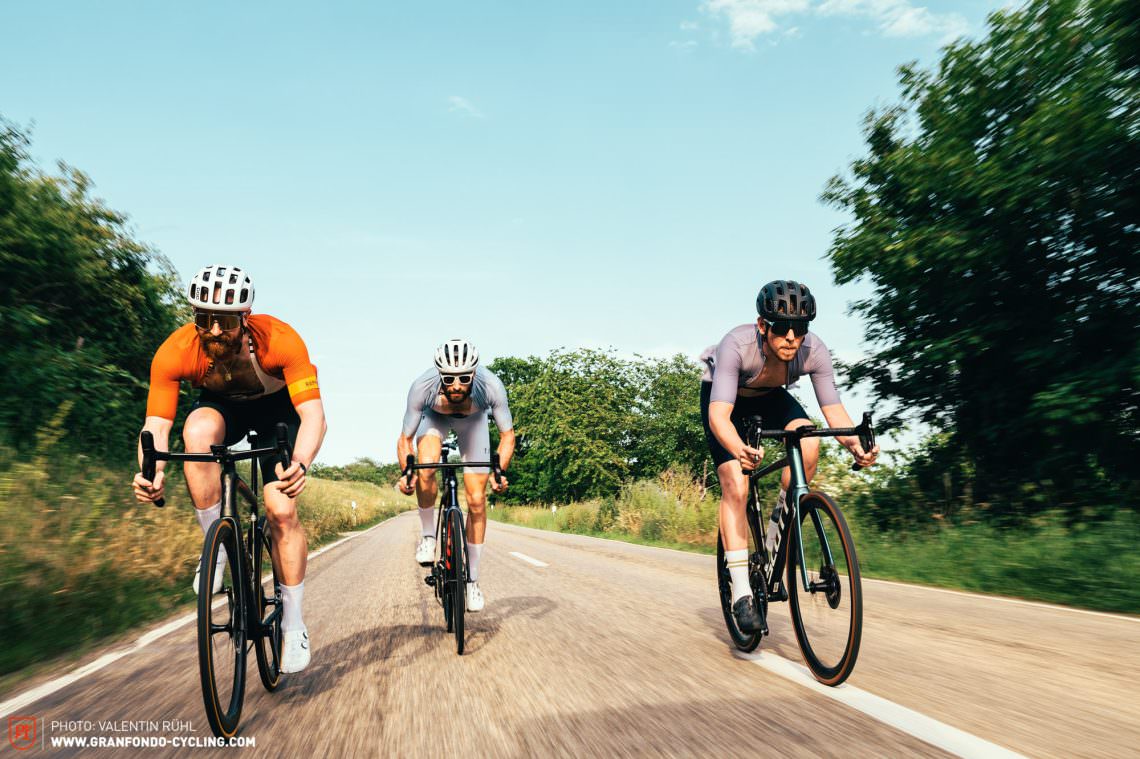
Table of content
- The best road bike for your intended use
- Which road bike is right for me, or rather: which road bike type am I?
- How does a road bike differ from other bikes?
- Is an E-road bike the right bike for you?
- Road bike fit & feel – Choosing the right frame size
- What does a good road bike cost?
- Where can I find the latest road bikes? What is the best road bike of 2022?
- The most important tips for buying a road bike
- What about financing? How do I pay for my road bike?
- What are the follow-up or maintenance costs of owning a road bike?
- Which pedals are the right choice for my road bike?
- Tube or sealant – Does going tubeless make sense on a road bike?
- The right tires for your road bike
- Which is the perfect road bike drivetrain? 1x, 2x, mechanical, or electronic?
- What is the perfect frame material for road bikes – Carbon or metal?
- What is the perfect road bike drop handlebar?
- The best road bike brakes
- Road bike seat post – Classic or sprung?
- Suspension on a road bike – What are the options?
First off, you’ve come to the right place. Regardless of whether you’re looking for the best road bike or simply want to inform yourself and get up to date before buying a new bike. And don’t worry, we’re not going to force anything on you. Instead, this road bike buyer’s guide is about providing you with the knowledge and know-how you need to be as well informed as possible and make the best decision for you. That way you won’t just have more fun in the long run, but you’ll also be able to have an informed opinion and be the road bike expert in your circle of friends.
The last few years have shown how versatile and ever-evolving our favourite hobby is. Road bikes are more than just a way to keep fit while getting outdoors. They embody a lifestyle that is dynamic, stylish and sexy. Who wouldn’t want to be a part of this trend or even help shape it? It’s no longer just well-trained pro riders who can put their stamp on the sport. Above all, it’s lifestyle brands and hobby athletes who have now discovered the sport of road cycling and can no longer escape its spell! What sets modern road bikes apart is a mixture of aesthetics, history, technology and, finally, an easy-going nature.
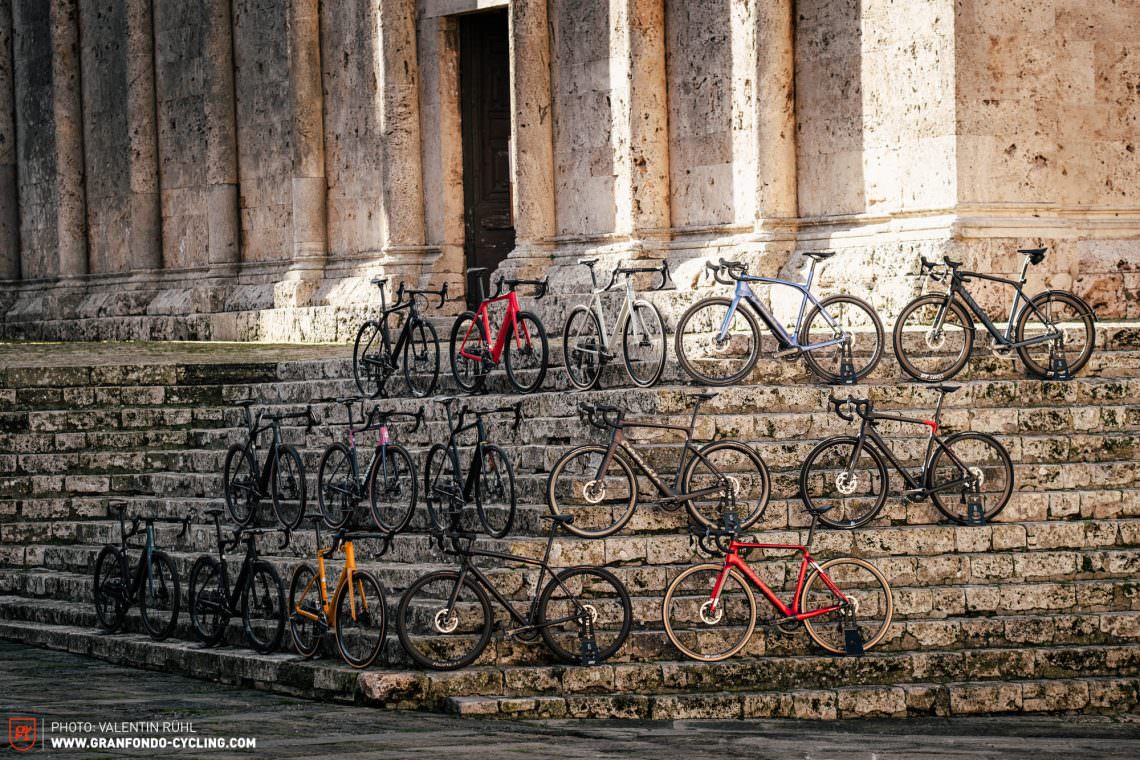
The best road bike for your intended use
Both those who are new to road biking and more advanced riders need some form of guidance that they can’t get from looking at pro riders and their bikes. The needs and requirements of us mere mortals are worlds apart from the boys and girls who earn their money by racing bikes, who are at least twelve performance levels above us and with their full-time training plans. We don’t want you to make the same mistakes as so many others. If you’re going loot your piggy bank, you want it to be for the right bike! The number of classified ads you’ll find for second-hand bikes without any signs of wear speaks for itself: the gap between the intended and the actual use of new bikes being purchased is far too big. What people want in terms of looks often isn’t the best choice – the eternal duel of head vs heart is especially relevant when buying a road bike. However, thanks to the large selection of bikes and the steadily growing market, the good news is that you can have both!
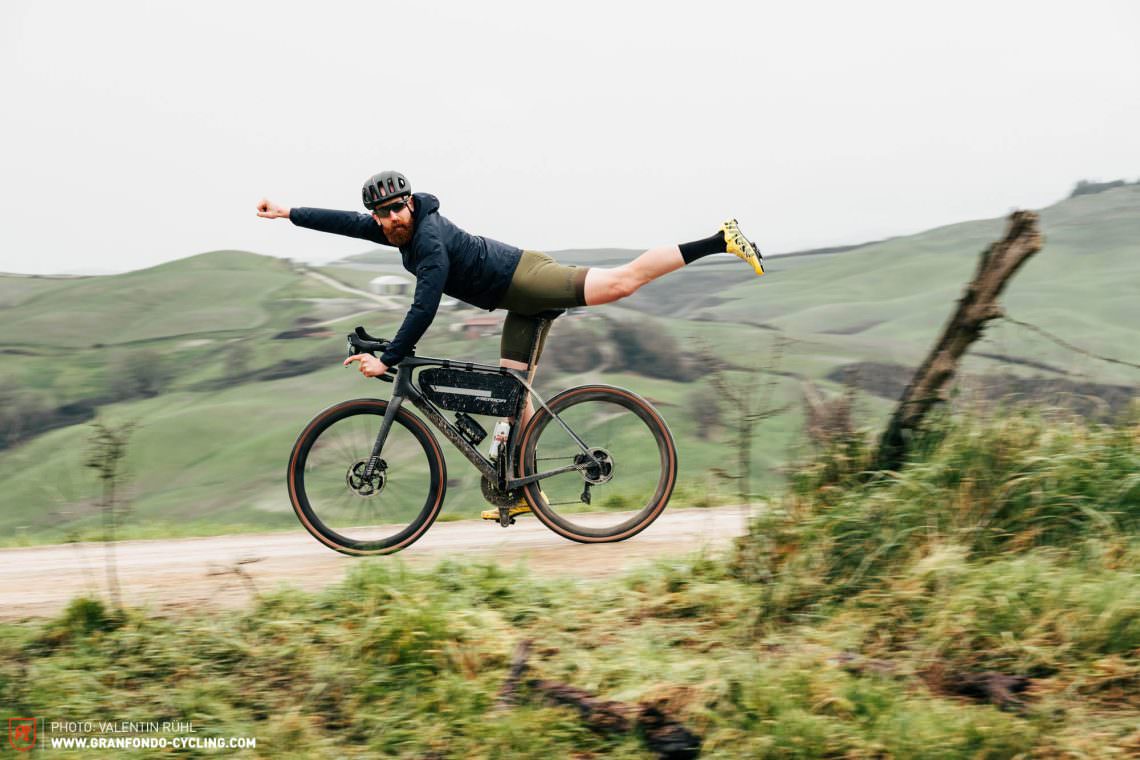
An important point of our buyer’s guide is to inform our readers about the various road bike categories. We base this on a meaningful road bike structure that completely ignores the bike categories that the bike industry tries to impose and which have increased exponentially in recent years. We’re much more interested in the different needs that riders have, resulting in a meaningful, practical categorisation. The road bike market has evolved in leaps and bounds with countless innovations having been introduced in recent years. No stone has been left unturned and the boundaries that used to divide the individual categories have gradually eroded.
Marginal gains are out, modern road bikes are more versatile than ever. We’ll tell you why traditional categorisation no longer makes sense and why the era of all-rounders has arrived. Take your time browsing the next few lines, it couldn’t be better invested in your favourite hobby. So, grab your favourite drink and sit back! This article is packed with important information that will save you hard-earned cash.
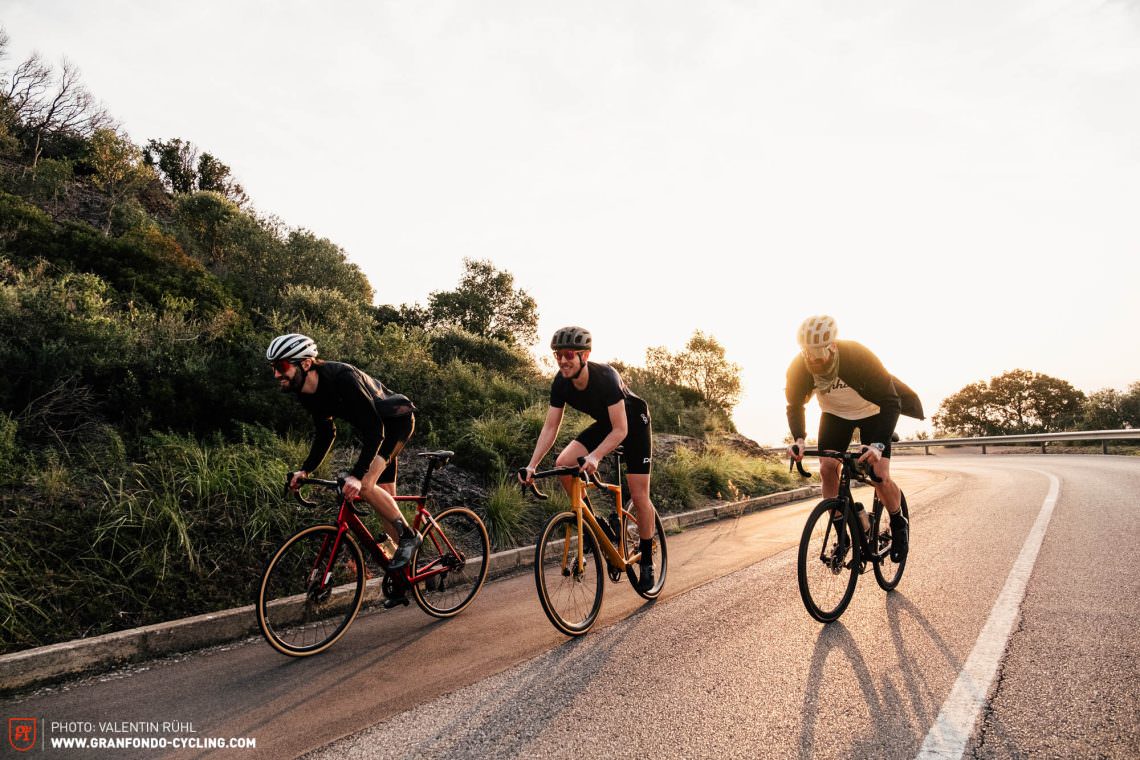
Which road bike is right for me, or rather: which road bike type am I?
The first question you must ask yourself is where you’re planning to ride. What type of rider are you, which bikes do you already own and where else do you ride with your bike? Even though you could theoretically do it all on any road bike, some bikes perform particularly well in one situation and others perform better in a different situation. Below, we’ll divide the road bike community into seven types, explain the requirements of the appropriate bikes and name a few examples as a starting point!
The pleasure cruiser/easy rider
Regardless of whether you just want to ride to the pub, to the nearest lake or along some scenic routes: you use your road bike mainly on bike paths, quiet tarred roads and the occasional dirt road – completely relaxed and with no pressure. The bike shouldn’t shy away from family rides with the kids either, without bringing out your competitive side when you’re on the home straight. It’s all about enjoying the ride and stopping frequently for a glass of beer or wine, so we don’t recommend wearing your white kit in case you spill. 😉
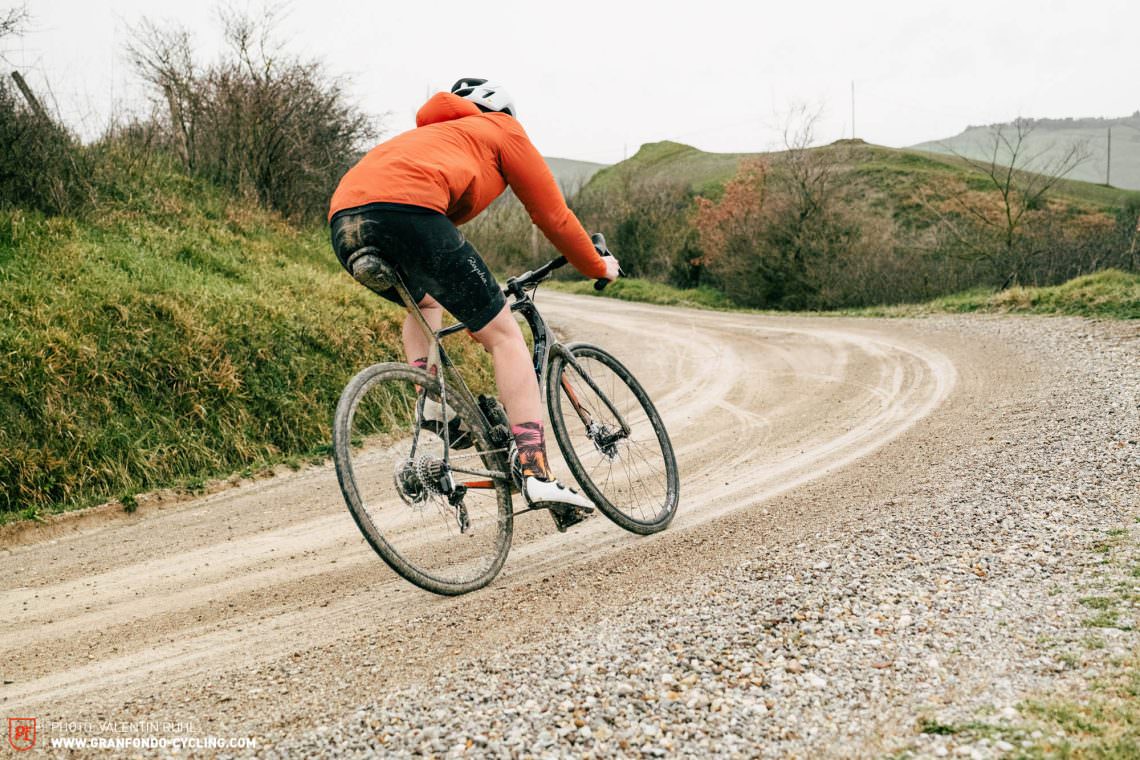
What boxes do road bikes like these have to tick? In addition to an upright and relaxed riding position, a high level of riding comfort is essential. Since you’re not racing against the clock, you shouldn’t worry about the most aerodynamic posture or perfect power transmission. The priority here is that you’ll arrive at your destination after an all-day ride without a tense neck. Since the bike will occasionally have to serve as a pack-mule to carry the luggage for your whole family, the bike’s maximum permissible weight is an important factor to keep in mind. You’ll also want an easy gear ratio to get up steep climbs when the bike is loaded. To stay clean and dry as you ride, there’s no getting around mudguards, for which the frame and fork will need the appropriate eyelets.
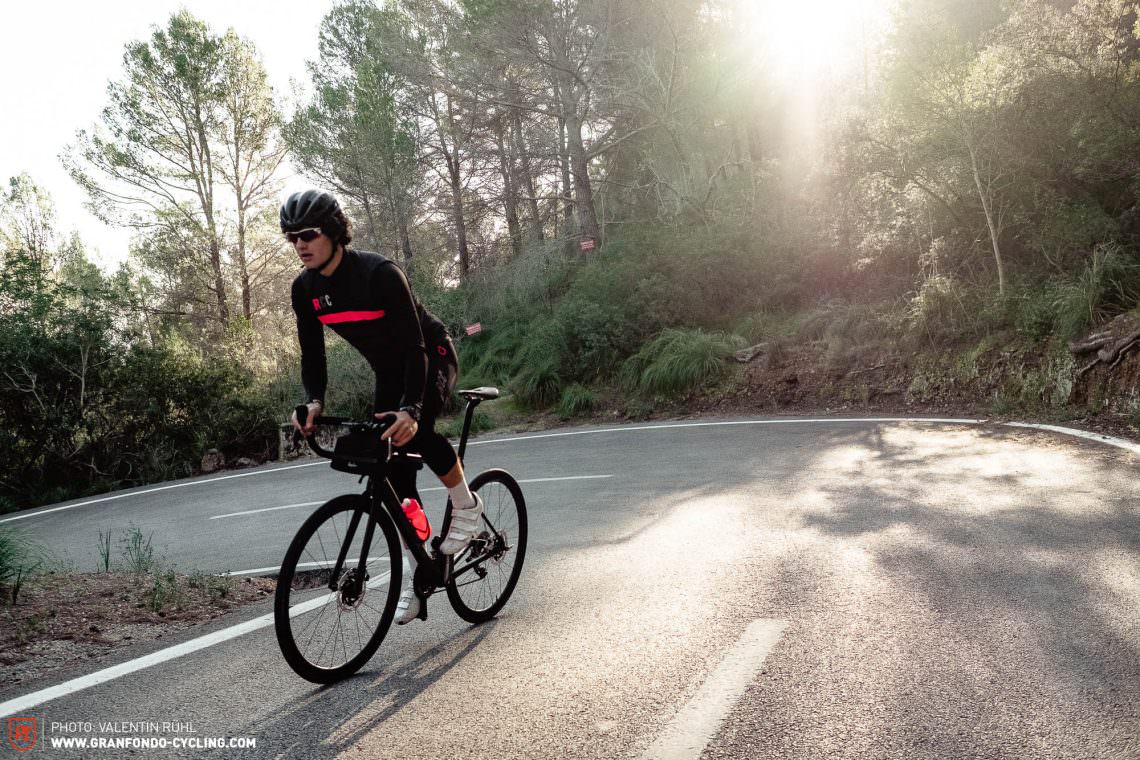
In case your kids demand all your attention while you ride, the bike’s handling should be stable and forgiving enough to let you get away with being distracted. Additionally, your road bike should be fun even at a slower pace, as you tend to ride slowly on busy bike paths. A few perfect examples of road bikes in this category are the OPEN MIN.D (review here), the ROSE REVEAL FOUR DISC (review here), the Specialized S-Works Roubaix (review here), the Canyon Grail CF SLX (review here) and the MERIDA SCULTURA ENDURANCE (review here), all of which offer a great combination of a relaxed riding position, long-distance comfort, stable handling and lots of mounting points.
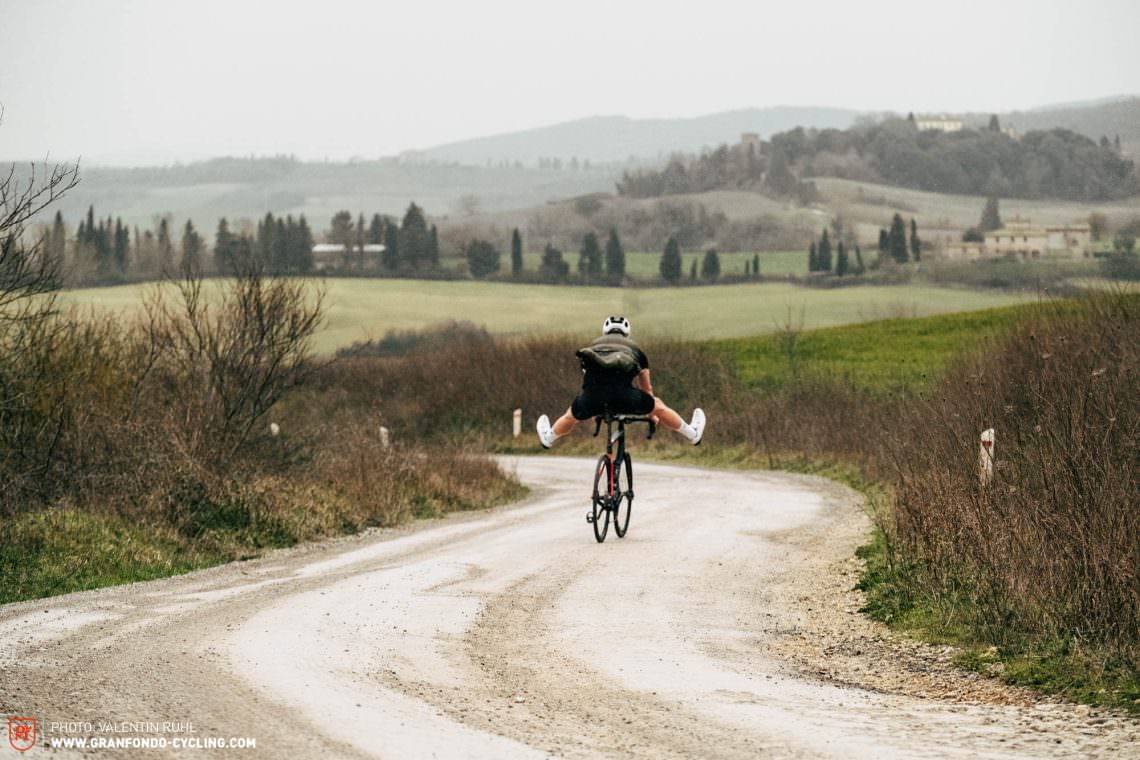
The everyday rider/everyday hero
Sure, there’s no avoiding cars, especially in rural areas with poor infrastructure, and many of us couldn’t cope without them, at least to some extent, but we can reduce our dependence on them. A cargo bike can be a great alternative (check out the cargo bike group test in our sister magazine DOWNTOWN) but it’s not the perfect choice for everyday commuting. So, your road bike shouldn’t just perform as a sporty commuter but also day-to-day when going shopping, simply getting from A to B or riding to the pub, so you can confidently leave your car at home. Your bike should also cope with multi-day trips, handling anything you throw at it without complaints. An everyday road bike will never let you down and is extremely versatile, though it isn’t the best in any single discipline.
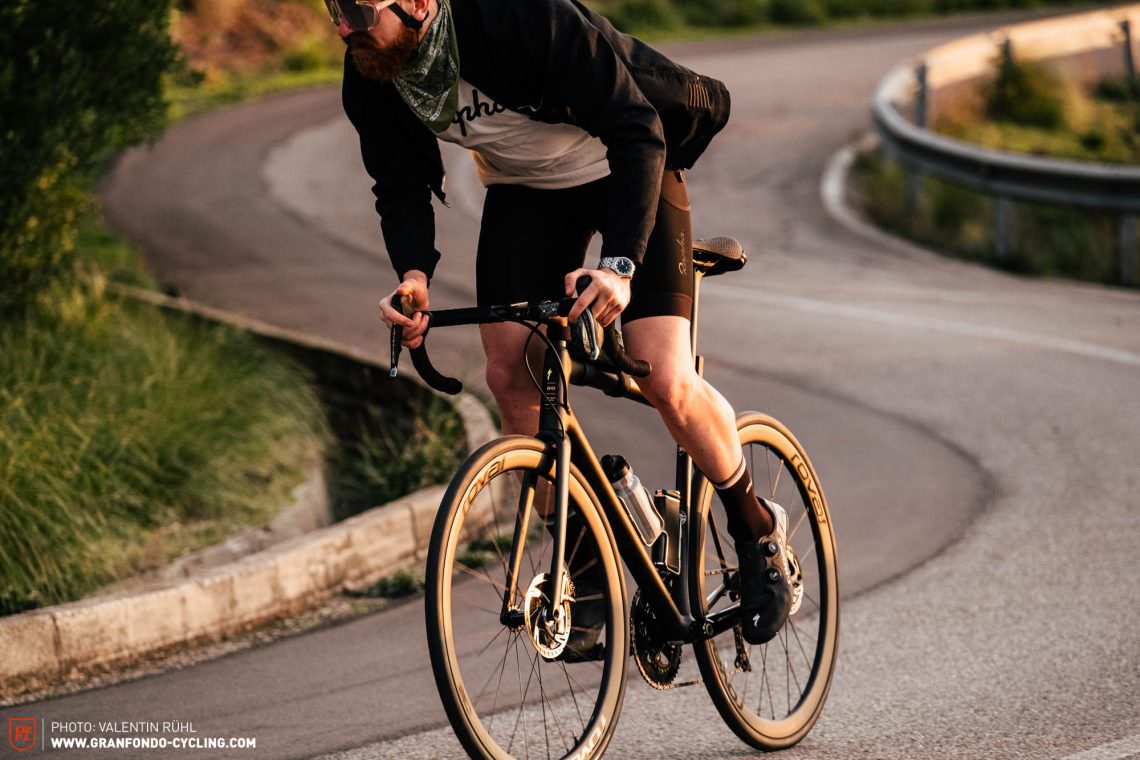
Bikes for everyday heroes wouldn’t be complete without eyelets for mudguards and ideally for racks too. Who wants to arrive at the office soaking wet and full of mud splatters or haul their laptop in a backpack on their back? And having no lights on your bike might be a good excuse for arriving late and leaving work early in the winter, you’ll desperately wish you had them when riding home in the complete dark after enjoying a delicious pizza and a post-work drink. Better yet, hooking the lights up to a hub dynamo means you don’t ever have to recharge or replace the batteries, offering a reliable and steady source of light. All too often you’ll forget to recharge your battery-operated light and you can be sure that it will be empty on the night of a new moon.
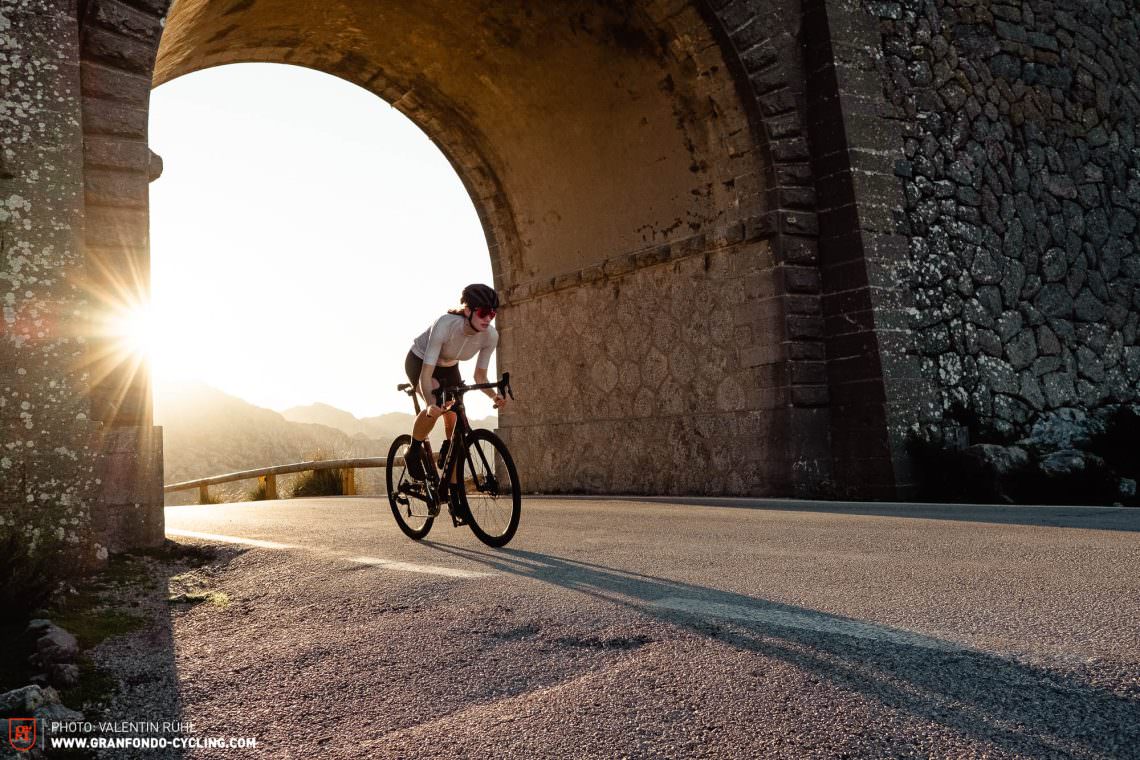
Ideally, your road bike will rack up many kilometres and, if you’re honest with yourself, it won’t get cleaned after every ride in the rain, so it’s important to look for a durable and robust build as well as hard-wearing, puncture-resistant tires. You shouldn’t pay too much attention to the weight as durability and easy maintenance have priority. The riding position on an everyday road bike differs significantly from that of its more competitive counterparts, allowing you to stay a lot more relaxed on the bike. The Trek Domane (review here), the Specialized S-Works Aethos (review here) and the Specialized S-Works Roubaix (review here) are perfect examples of road bikes that aren’t just pure sports machines but also perform reliably in everyday life. If you don’t feel like struggling up the 17% incline on your way to work in the morning before having had breakfast, you might want to consider an E-road bike like the Orbea Gain M20i (review here), the SCOTT Addict Throw eRIDE (review here) and the Trek Domane+ LT 9 (review here). We’ll delve deeper into the subject of E-road bikes later.
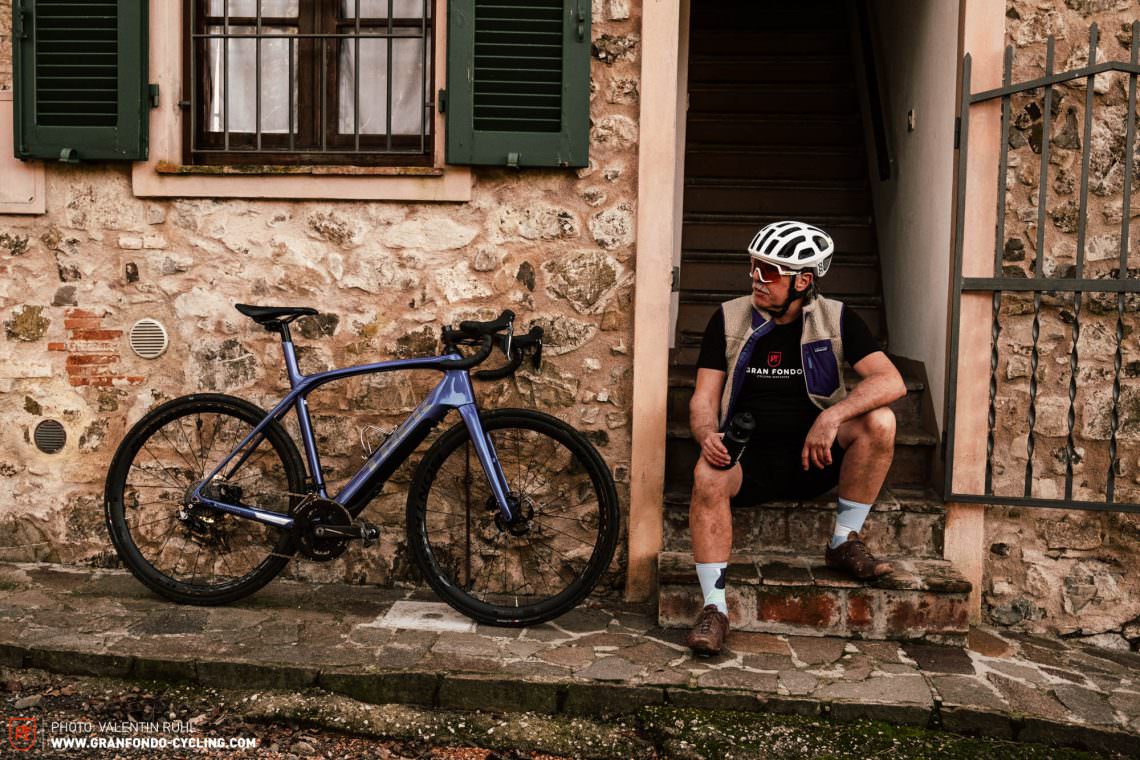
The world traveller/globetrotter
For many of us, our environmental awareness is changing, which affects the way we travel. Of course, long-haul flights, distant continents and foreign cultures haven’t lost their appeal. However, often all it takes to experience an unforgettable outdoor holiday is a short trip by car, train or even on your bike, starting right from your doorstep. Bikepacking has become a global phenomenon and it is one of the most beautiful, intensive and gentle ways to explore our earth.
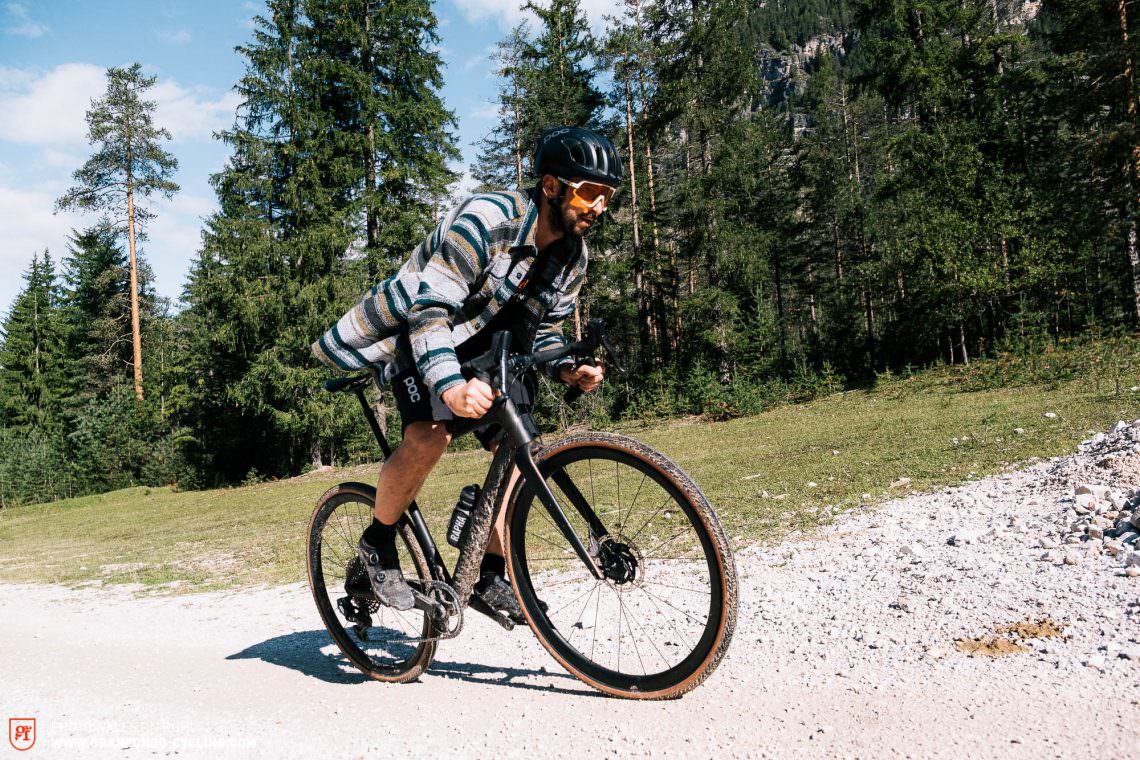
The perfect bikepacking road bike has a comfortable and upright riding position. Many bikepackers ride for more than six hours a day, for weeks on end, which you can’t do and still have fun if you haven’t got a suitably relaxed posture. In addition to having as many bosses and eyelets for water bottles, food and luggage as possible, you’ll also want a sturdy frame that can carry all this additional weight while still being easy and safe to ride. Versatility and long-distance suitability are equally important aspects to consider when buying a bikepacking bike. Two perfect representatives of this type are the Mason Resolution Ekar (review here) and the Specialized Diverge (review here) from the gravel sector. We’ve got a detailed overview of all the important features a bikepacking bike should have in a separate article (available here).
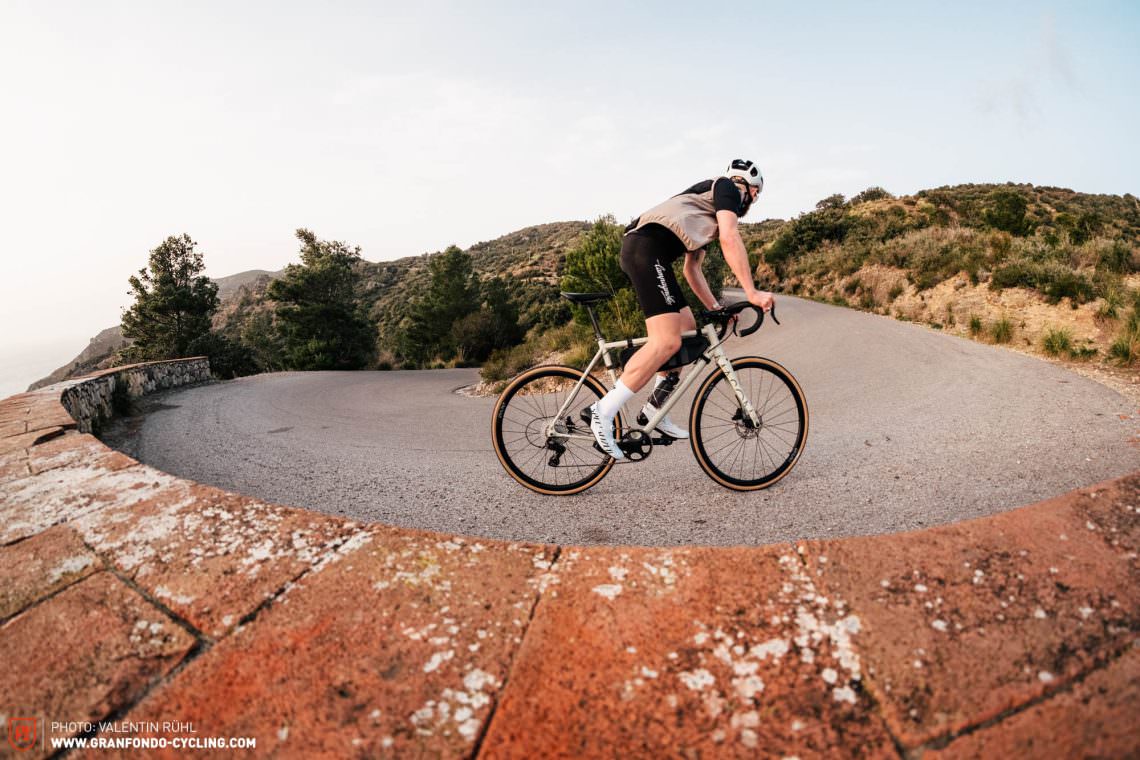
The all-road rider
You’ve got two bikes in your garage. Bike no. 1 goes by the name of Randy, rolls on 700 x 23C tires, is super-fast and usually gets taken out on perfect asphalt roads when the weather is good. Bike no. 2, Gretchen, is at home on dirt and gravel paths but she looks a little lost on the tarmac. And so, when you ride, you’re limited to one type of terrain instead of being able to combine both. Isn’t there a bike that can do it all, cutting a fine figure on asphalt as well as on compact gravel and dirt roads? As you’ve already learned in the introduction, modern road bikes are more versatile than ever, which is why we can say with confidence that Randy’s and Gretchen’s days are numbered!
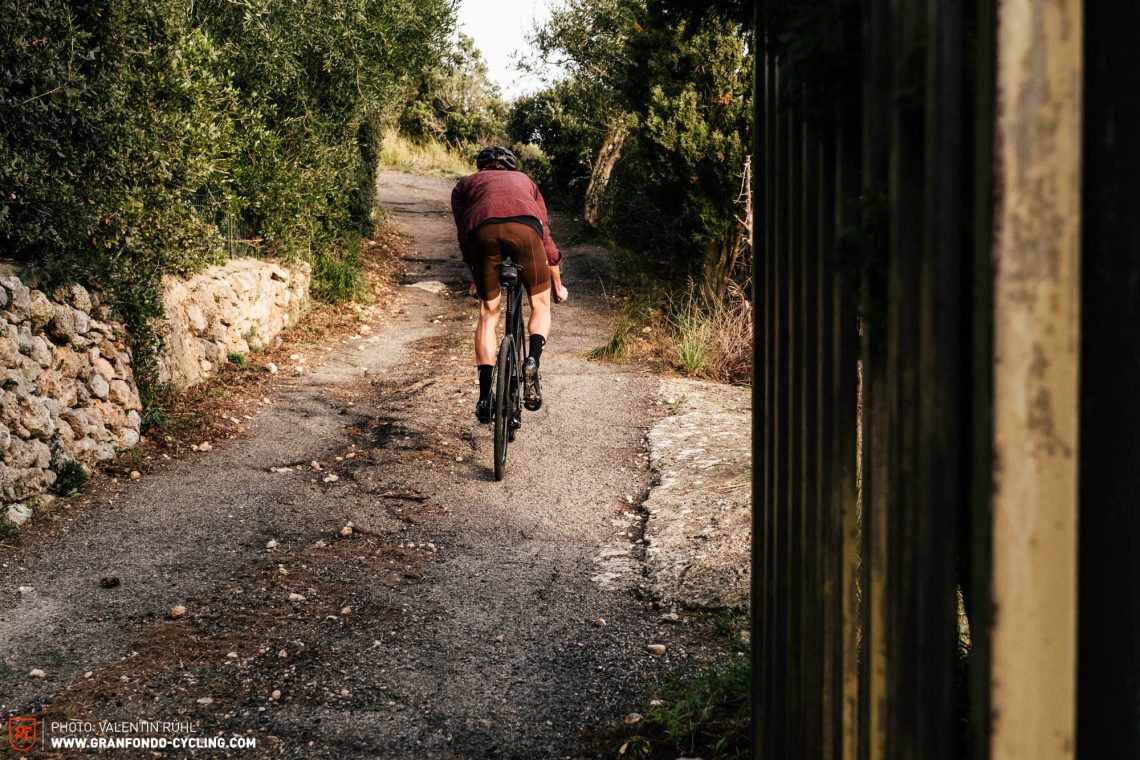
What does an all-road bike or a gravel bike alternative have to be capable of? You’ll want to be able to mount wide tires that offer lots of grip on poor roads and allow you to take the occasional off-road detour, so tire clearance is crucial. We wouldn’t recommend a steel frame if you’re going to use the bike as a winter training partner since salt and moisture can quickly lead to the formation of rust. Along with comfort, you’ll also benefit from a lot of braking power. The geometry should be either more or less aggressive, depending on how far off-road you want to go, and the handling should be agile enough to keep you grinning. In addition to the MERIDA SCULTURA ENDURANCE (review here), the Cervélo Caledonia-5 (review here), the Cannondale SuperSix EVO (review here), the Specialized S-Works Aethos (review here) and the OPEN MIN.D. (review here) are great choices if you want to simplify your life and have just one bike!

The competitive rider/racer
Do you collect start numbers like others do airline miles and can hardly wait until your next race? In that case, a road bike that is geared towards maximum speed, aerodynamics and performance is the perfect choice for you. It doesn’t matter in what league or at what level your race. The goal is the same: to keep up with the front of the peloton and achieve the best result possible, whether it’s a local race for everyone in your hometown or a Pro Tour race on another continent. You want to give it your best!
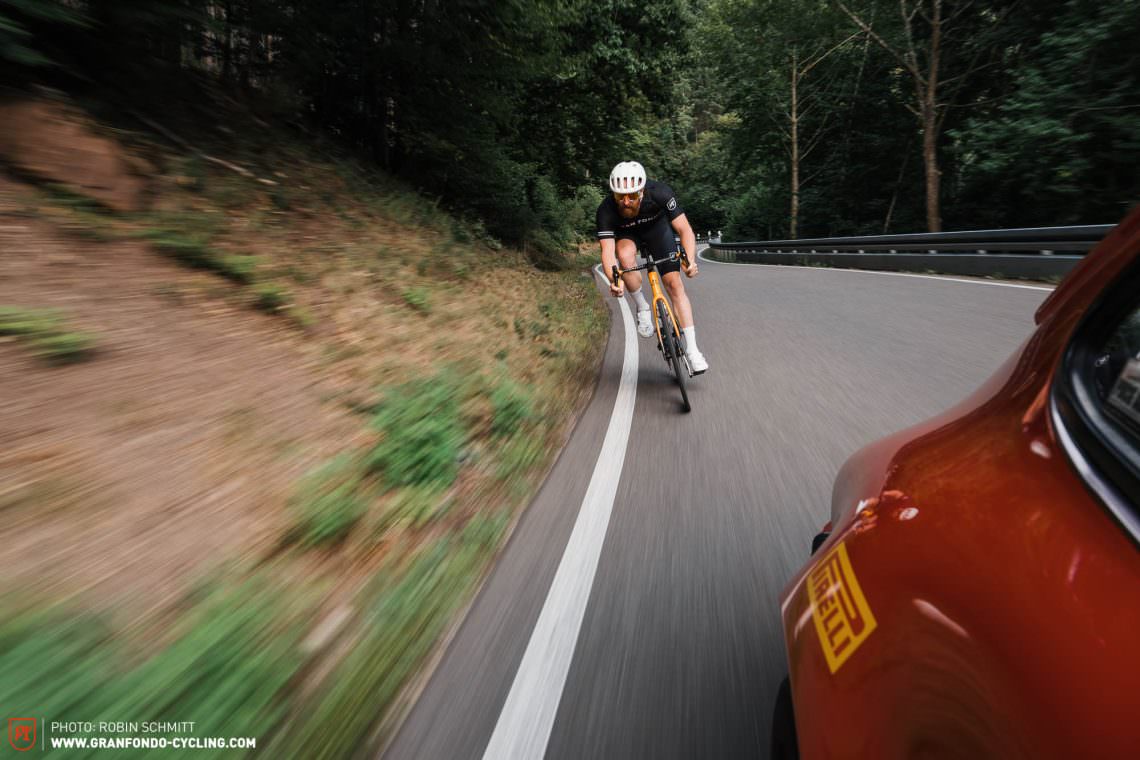
The perfect road bike for you should be lightweight and have an aggressive riding position that allows you to achieve the optimal power transmission while also being aerodynamic. Along with a streamlined rider, the bike should be aerodynamically optimised. It’s not just the frame and fork that we’re speaking about here. The cockpit, seat post and wheels should also create as little wind resistance as possible. If you’re looking for a pure aero bike for flat terrain, you will benefit from composed handling, perfect straight-line stability and maximum efficiency. For a race bike, you want fast-rolling tires that offer lots of grip as well as a little bit of damping.
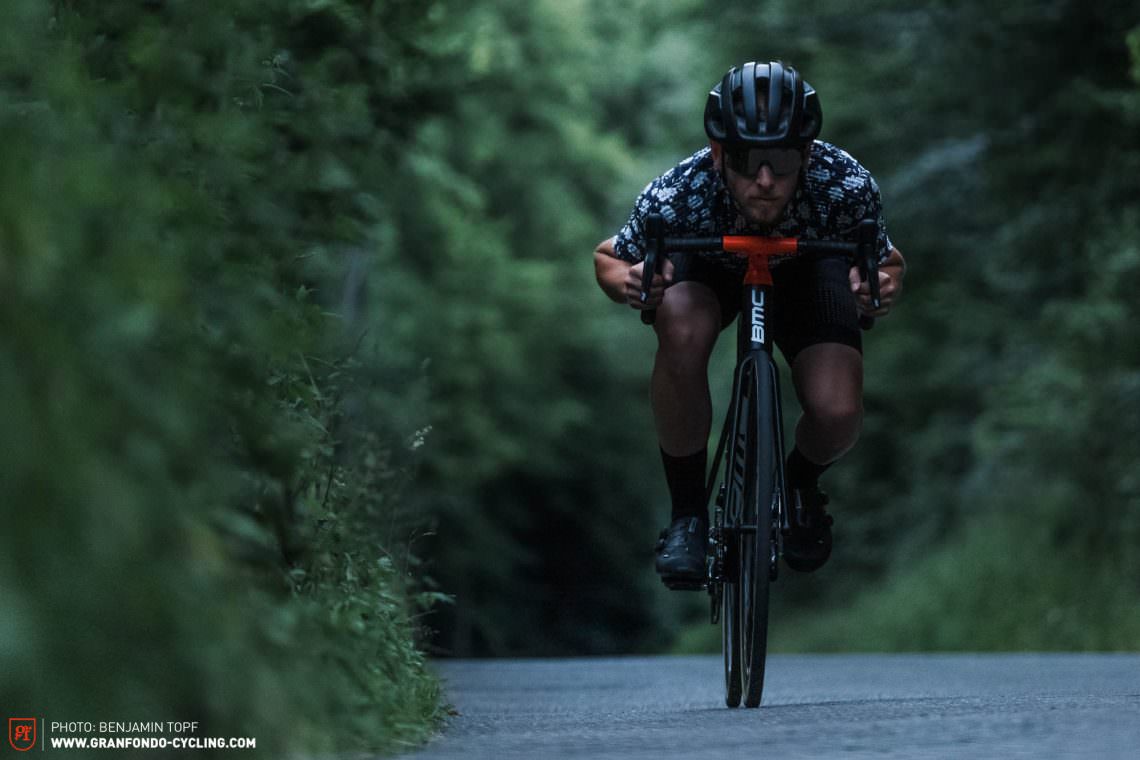
One of the findings from our last road bike group test is that stiff bikes aren’t always faster. The marketing claim that smoother is faster is spot on. When you ride a comfortable bike that doesn’t pass every bump and irregularity on to the rider, you can stay more relaxed and fresher for longer, sparing your muscles and having more energy left at the end. More compliant road bikes don’t get unsettled by the tiniest stones either, staying on line instead and thereby offering improved efficiency. In addition to the Specialized Tarmac SL7 (review here) and the Trek Émonda (review here), the BMC Teammachine SLR01 ONE (review here) and the SCOTT Addict RC (review here) are perfect for the road racers amongst us. If aerodynamic optimisation is important to you, then the MERIDA REACTO (review here), the Trek Madone SLR 9 (review here), the LOOK 795 BLADE RS (review here), the Bianchi Oltre XR4 (review here), the Cannondale SystemSix (review here), the Canyon Aeroad CFR 9 (review here) and the BMC Timemachine 01Road ONE (review here) will allow you to set new personal bests.
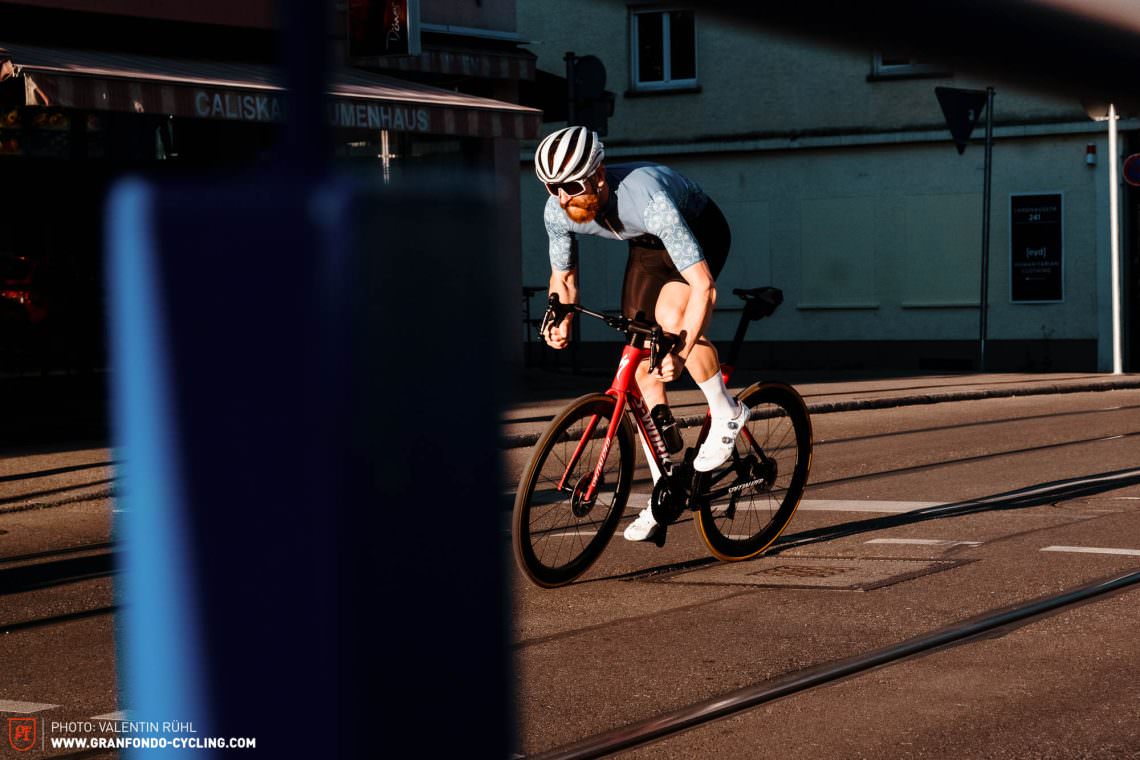
The climbing king
You’re at home riding your road bike in the Alps or another mountain range and you regularly climb the world’s steepest and longest passes. The Ötztaler, the Maratona dles Dolomites and other difficult mountain races are fixed dates in your calendar. You find riding in flat terrain is monotonous and you won’t even bother if the altitude gain is less than 1000 m. You’re a climbing king!
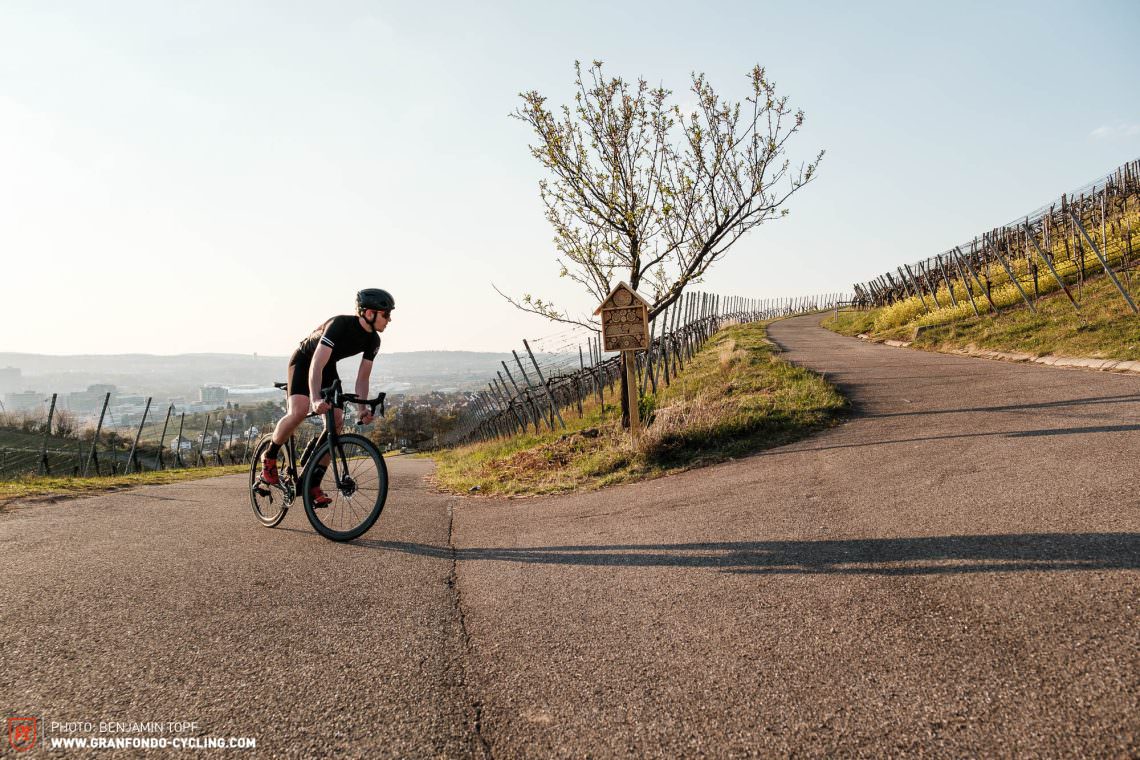
The most important criterion for a road bike made to conquer the highest climbs is weight. In this case, the lighter, the better. A heavy bike doesn’t just make riding in mountainous terrain less fun but the chance of winning a race there is a lot smaller too. In addition to a riding position that’s suitable for the mountains, i.e. one that allows for the optimal power transmission on an incline, the bike should also be confidence-inspiring and safe on the descents. What good is the lightest road bike if you’re constantly dragging the brakes on the descents because of a lack of confidence? To fly through the corners with a permanent grin on your face as you descend, the handling must be agile and fun. Depending on your weight, powerful disc brakes are non-negotiable. The perfect examples of road bikes from the mountain goat category are the BMC Teammachine SLR01 ONE (review here), the GIANT TCR Advanced SL 0 (review here), the Wilier Filante SLR and the Trek Émonda SLR 9 eTap (review here).
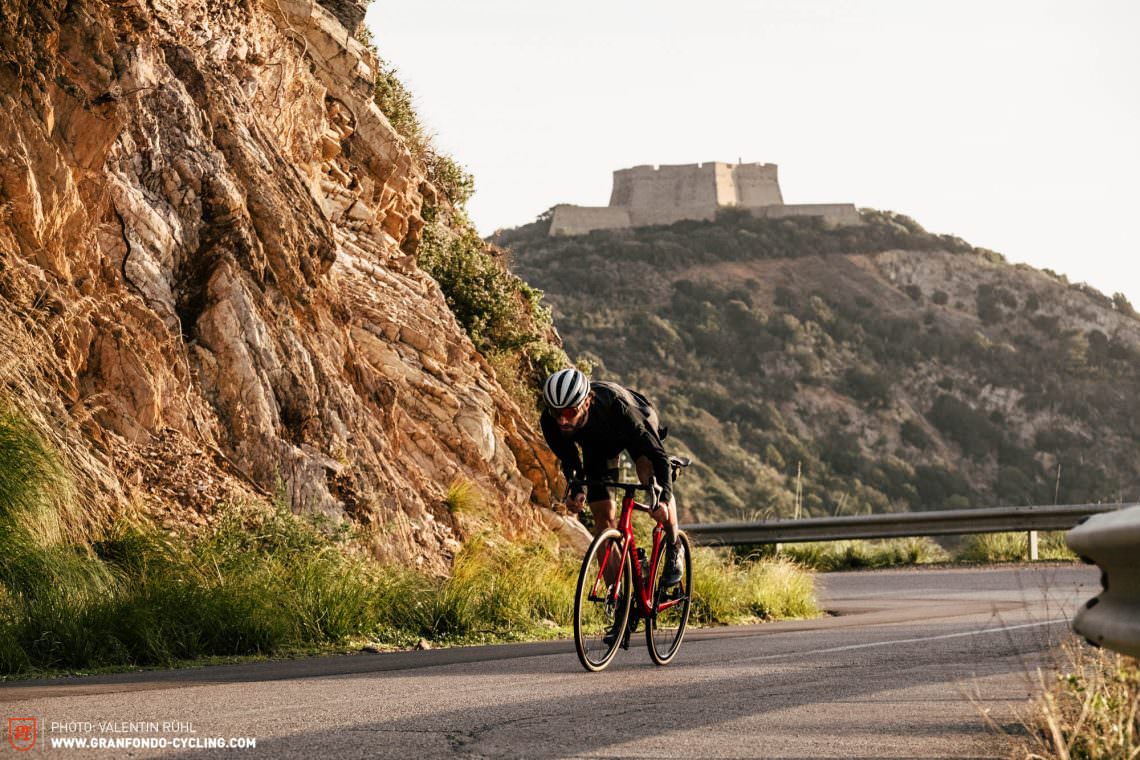
The road bike trendsetter
Only the newest and hottest components are good enough for your bike and you’re usually the first to click the order button when presented with a new product. Whether it’s tubeless wheels or disc brakes on drop-bar bikes, you were running them long before everyone else. The price isn’t an issue, you’re willing to spend a lot on your bike and it should look expensive too. The last thing you want when cruising through town is understatement. You want the bike to attract attention and you don’t mind the admiring (and envious) looks cast your way.

Compared to the bikes of other categories, the inner values of a trend road bike don’t count for much. It’s only looks that matter! No one would photograph an ugly bike just because it’s comfortable or efficient to ride. Bling-bling is all the rage and, in addition to deep-profile rims, the carbon frame must have a striking paint job. Alternatively, you could also go for a tailor-made custom frame for a one-of-a-kind bike. Unique features are just as welcome as anodized CNC components and ultra-light carbon parts. The riding position doesn’t even have to be particularly comfortable, true to the motto that beauty is pain. Exotics like the Pinarello DOGMA F (review here), the Cicli Bonanno Futomaki Disc (review here), the BMC Roadmachine 01 ONE (review here), the Speedvagen Road (review here) or the Festka One LT Dazzle (review here) are perfect examples of bikes in this category.
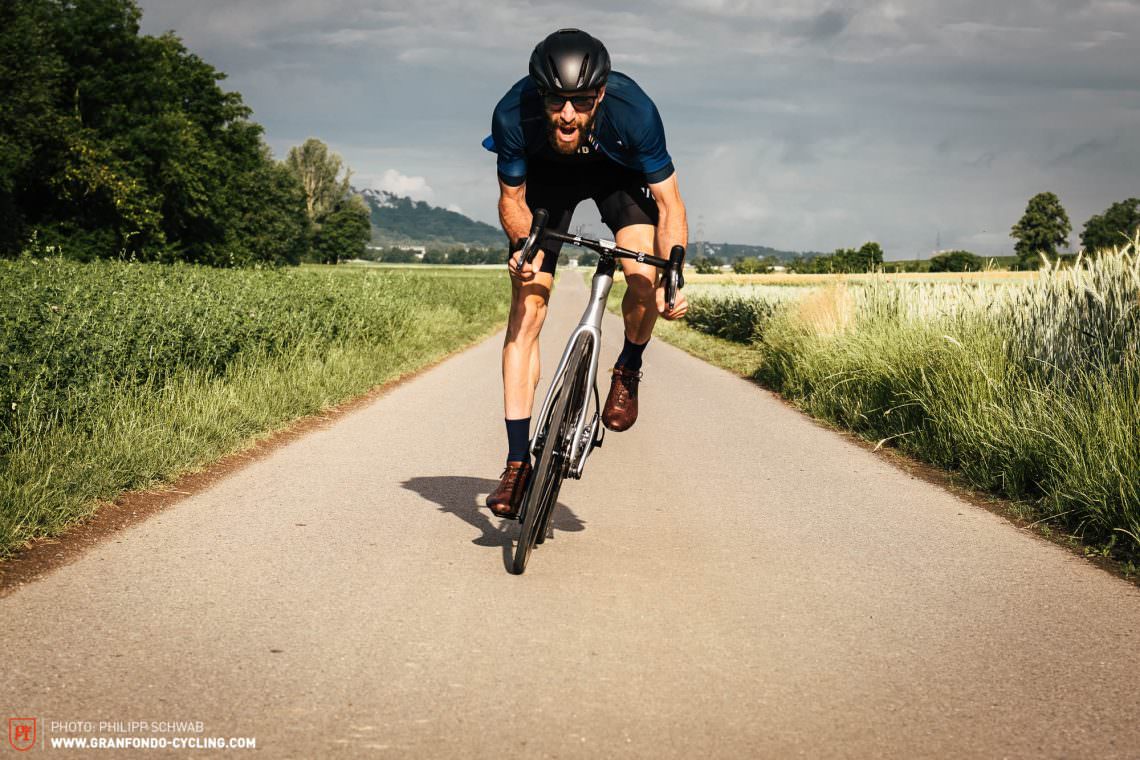
How does a road bike differ from other bikes?
Road bike vs fitness bike
Fitness bikes and road bikes are very similar in their DNA and were originally both designed to be light and sporty, allowing you to travel quickly on paved surfaces. In some cases, fitness bikes are based on the same frame as the road bike counterpart, featuring the same groupset and differing only in the cockpit setup. While road bikes rely on classic drop-bars, fitness bikes come specced with straight flat-bars instead. As a result, the riding position on the bike is more upright and comfortable, making it more practical in everyday use and more accessible and intuitive to ride for most beginners. Due to the width of flat handlebars, a fitness bike is significantly less aerodynamic and offers fewer hand positions. Fitness bikes are often characterised by accessories that make them more convenient in day-to-day life. In addition to a stand, they’ll often come equipped with a luggage rack, bell and lights at the front and rear. Mudguards can usually be fitted as well. Fitness bikes will often be used with flat pedals so that you don’t always have to carry a second pair of shoes. A fitness bike is usually a little heavier than its drop-bar cousin and it’s designed purely for leisure.
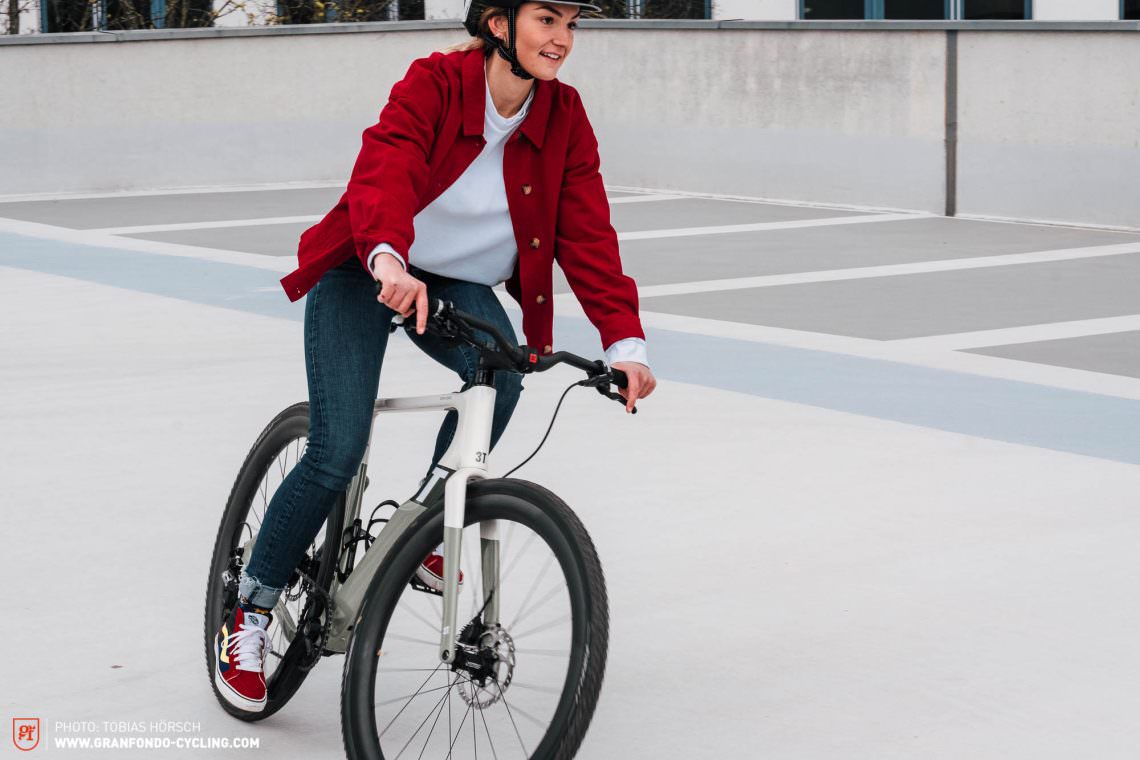
Road bike vs gravel bike
Road bikes and gravel bikes differ primarily in their intended use, though some models are getting increasingly difficult to distinguish. Traditionally, road bikes were designed for competitions and speed on asphalt. However, we’re finding more and more bikes that stray away from the pressure of racing and smooth tar, proving to be versatile all-rounders like the Specialized S-Works Aethos (review here) or the OPEN MIN.D. (review here). Although gravel bikes originated on gravel roads and from fun rides without any time constraints, some newer interpretations are aimed at maximum propulsion and speed like the Ridley Kanzo Fast (review here) and the 3T Exploro Race EKAR 1X13 (review here). From whatever side you come at it, the bike will eventually reach its limits. In the case of a road bike, the limiting factors are tire clearance, durability, drivetrain gear ratio and the lack of mounting points for mudguards and luggage. With a gravel bike, you’ll be restricted in terms of performance and aerodynamics. Both the bike and the position of the rider are less aerodynamic, the gear ratio usually isn’t configured for high speeds and the handling isn’t precise and direct enough for quick racing manoeuvres. Due to their more robust designs, gravel bikes are usually heavier than comparable road bikes. However, these two categories will increasingly start to overlap and merge as the latest generation bikes are released this year.
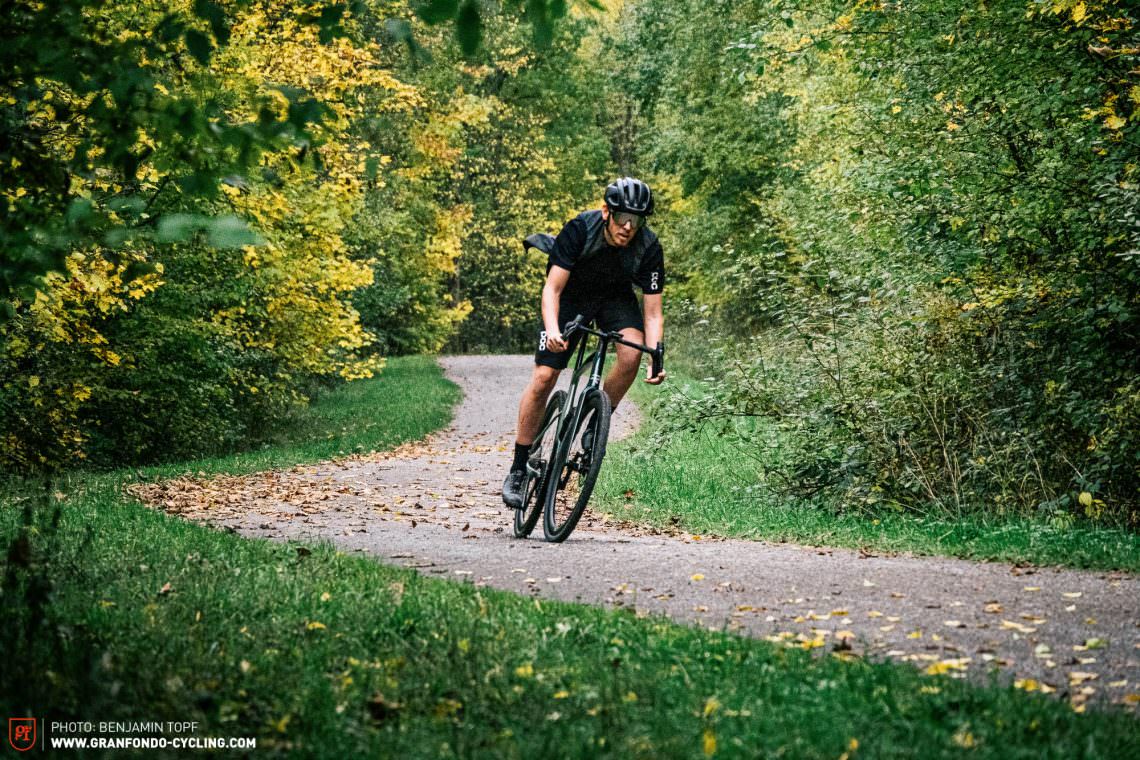
Road bike vs E-road bike
The days when E-road bikes were ridiculed are long gone. They’re evolving rapidly, which is partly due to the booming eMTB market of course. Some technologies are being adopted or at least adapted, which means that E-road bikes with powerful motors and batteries are becoming less distinguishable from analogue road bikes, making them a viable alternative for more and more people. If you want to find out more about E-road bikes, the next section is for you.
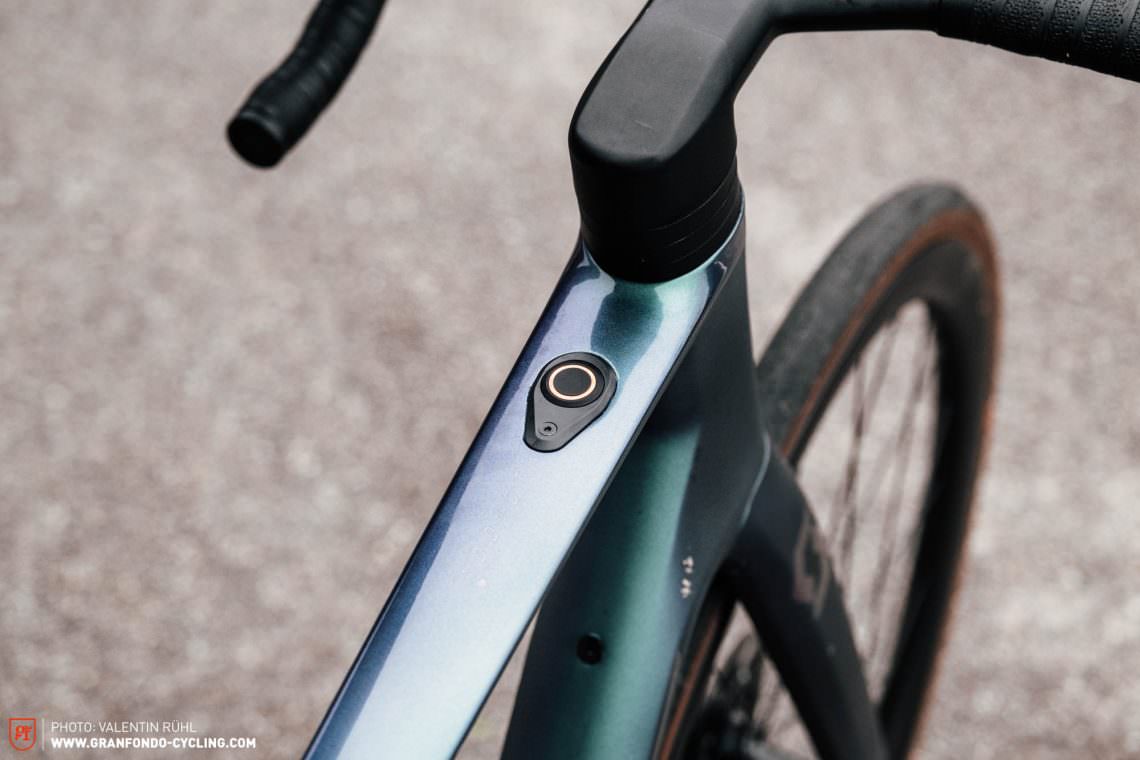
Is an E-road bike the right bike for you?
After conquering the mountain and trekking bike market, the triumphant march of motorised two-wheelers didn’t stop at drop-bar bikes either. We’ve had a few E-road bikes make guest appearances in the editorial office during the past few months, like the SCOTT Addict eRIDE (review here), the Orbea Gain M20i (review here), the Trek Domane+ LT 9 (review here), the Canyon Endurace:ON AL 7 (review here), the Specialized S-Works Turbo Creo SL (review here), the Wilier Cento1 Hybrid (review here) and the Cannondale Synapse NEO SE (review here). And with the HPS Domestique 1-21, you already have an E-road bike that is claimed to weigh just 8.5 kg! Fit riders who would normally get up moderate climbs on their analogue road bike at speeds faster than 25 km/h will be slowed down by the additional weight of the motor on an E-road bike, forcing them to ride below the 25 km/h threshold. However, the added weight becomes negligible in flat terrain. Here, you’ll still be able to stick with a group when going over the 25 km/h threshold. Less trained roadies can benefit from the support of the motor in many situations. When riding an E-road bike, climbs that used to be out of reach no longer pose a problem and all-day rides suddenly become possible.
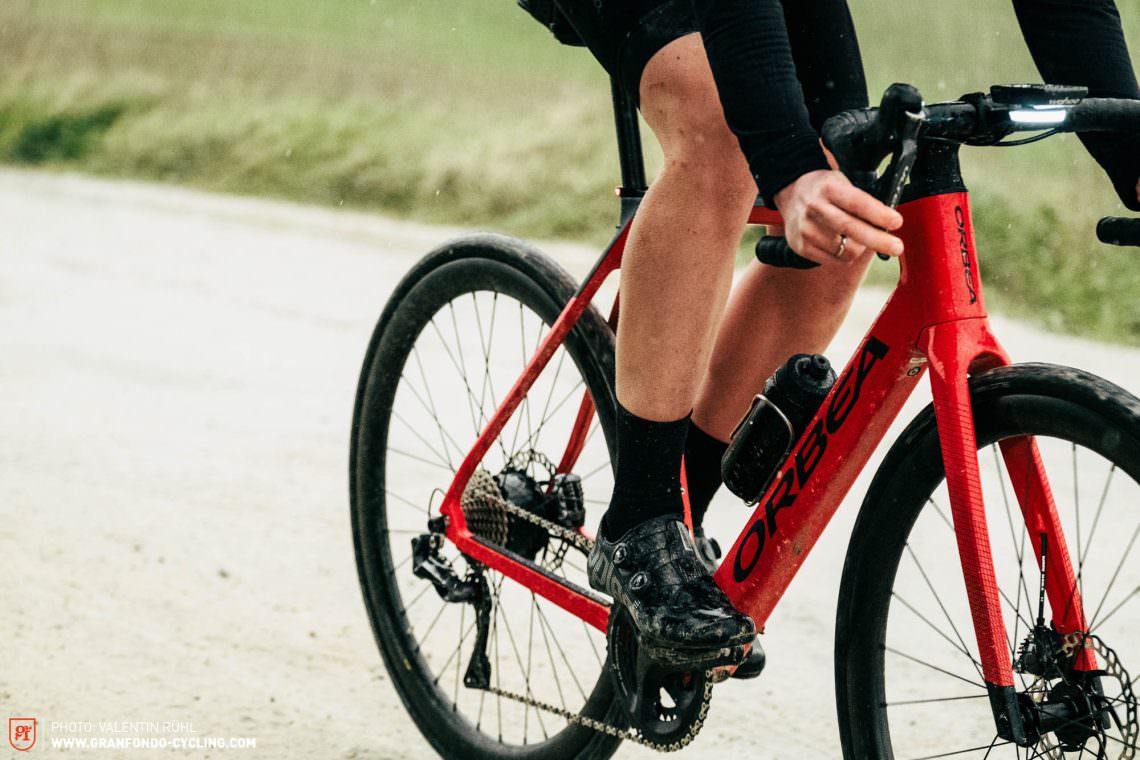
We know that reach is a hot topic when it comes to ebikes. However, there’s no way of making any reliable statements on this as the range depends on various factors such as the riding style, the rider’s weight and the distance ridden above the 25 km/h limit. For example, if you climb a 20 km alpine pass in the highest support mode, your range is likely to be limited to these 20 kilometres. On the other hand, if you ride on flat roads with long stretches where you’re going over 25 km/h, you’ll be able to cover 150 km with the same bike and battery. To delve deeper into this topic, we recommend reading “The truth about lab tests” in our sister magazine E-MOUNTAINBIKE. For a group test of the most common E-road motors like the MAHLE or FAZUA, check out this article (E-road motor group test).
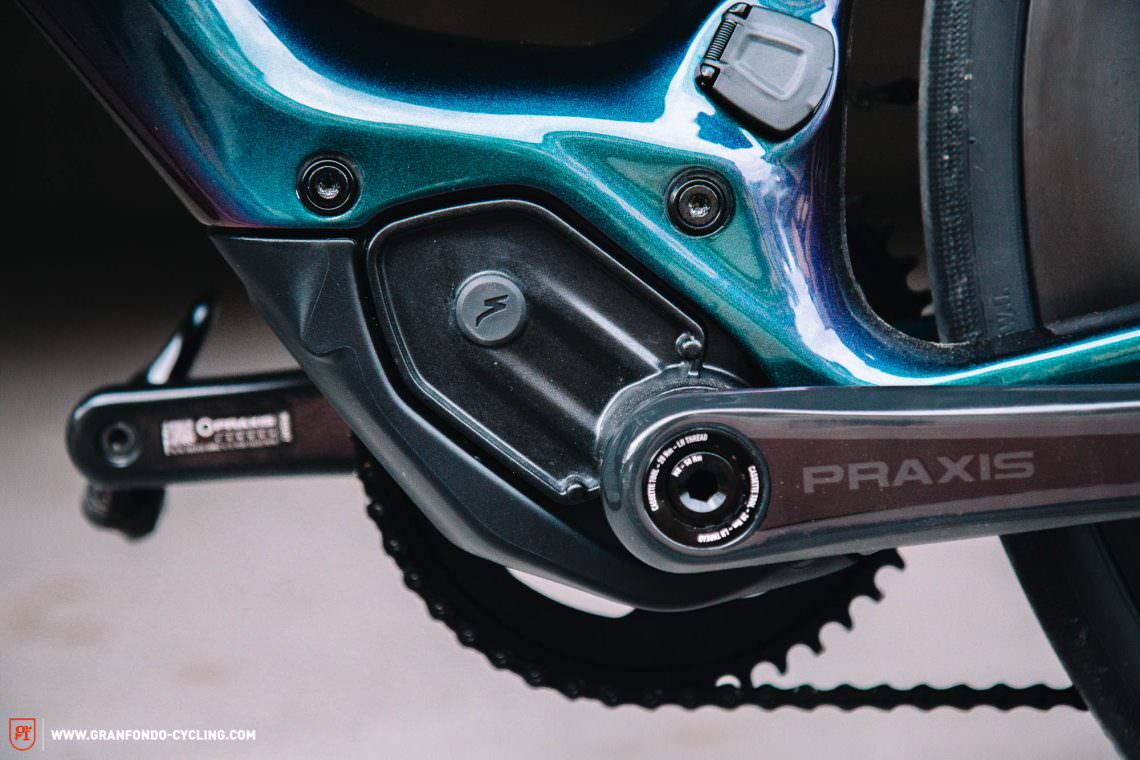
Road bike fit & feel – Choosing the right frame size
Companies such as Retül, Bikefitting, Trek Precision Fit and other bike fitting providers can help you find the right geometry and dial in the fit. For more information on the topic of bike fitting, we recommend checking out our article “The truth about bike fitting“. When it comes to determining the frame size, there’s much more to consider than just leg length. The torso and arm lengths also play a critical role. There’s an online frame size calculator available at jensonusa.com that takes all the important body proportions into account. Of course, if the frame size doesn’t fit perfectly or the geometry isn’t entirely optimal for the respective rider, the riding position can still be tuned via the stem length or angle and the offset of the seat post. However, this is no substitute for the correct frame size! If you can, you should definitely take the bike for a test ride before buying. If the bike of your choice isn’t available to ride, you can test ride an alternative model with similar geometry.

Fortunately, companies have started offering off the shelf road bikes for very small riders. The Canyon Aeroad CFR 9 Di2 (review here) comes in a total of eight frame sizes and size 3XS, which rolls on 27.5″ wheels, is perfect for people who are shorter than 1.60 m. Pinarello have gone even further with the DOGMA F (review here), which is available in no less than 11 frame sizes. The latest generation of the Specialized S-Works Tarmac (review here) is also available in seven frame sizes from 44 to 61. With frames this small, you should watch out for toe overlap where your foot can get in the way of the front wheel when turning. If you’re between sizes, choose the larger frame for long rides or multi-day trips to benefit from the added composure, but go for the smaller and more agile frame if you’re more into short, intense sessions.
What does a good road bike cost?
While searching for the best all-round road bike in our last group test, the average price came in at € 8,199. This is partially due to the fact that the participating brands sent us their flagship models with the most high-end components. According to our latest survey of more than 8,000 readers, you’re willing to spend around € 4,000 on your next bike. However, you’ll be able to find excellent road bikes that will bring you just as much joy for significantly less money, which is good news for anyone who doesn’t want to invest four or five grand!

You can get into road biking for around € 1,000, but you will have to accept significantly lower quality workmanship and components, which can come at the cost of safety and fun. In our opinion, usable road bikes start at around € 3,000, examples of which are the VOTEC VRC PRO for € 2,999 (review here) and the ROSE REVEAL FOUR (review here) going from € 2,749. With road bikes like these, you get a lot for comparatively little money, occasionally performing even better in certain areas than much more expensive models. The prices mentioned here are always for new bikes; with a little luck and patience, you can get the bikes even cheaper by finding a bargain on the second-hand market, which we’ll still get into. You’ll have to make do without expensive carbon frames and components, electronic groupsets or other expensive tech with these entry-level bikes. However, they offer everything you need to get started, especially if you’re new to road riding! It’s important to note at this point that you’ll need to buy a few other things besides just the bike. You’ll also have to budget for a helmet, the right outfit and other gear, but more on that later!

It’s not just the price that plays a major role when buying a road bike, there’s the availability issue too. The COVID pandemic has led to an incredible boom in the bike industry but the downside of it is empty warehouses, sold-out shops and delivery bottlenecks for all kinds of components. Before COVID, innovation and the pursuit of the latest tech were the biggest industry drivers. After COVID, the tide turned slightly and besides high-tech innovations, production capacities are the new gold. Those who can deliver bikes and components are big in business. What good does the best and most advanced bike do a brand if it will take 15 months to reach the market? If you want to delve deeper into the topic, check out the article “Bike boom in a crisis?” in our sister magazine E-MOUNTAINBIKE.
Where can I find the latest road bikes? What is the best road bike of 2022?
Even after all these years, the road bike market is still growing, new bikes are being presented every week and they all have one thing in common: they’re claimed to be the world’s best road bike. We continually review the latest bike so that we can provide you with an up-to-date overview of the latest bikes and how they perform in real-world tests. You can find an overview of our most recent bike reviews here (just click), and our latest road bike group test is available here (click here). If you’re specifically looking for a drop-bar bikepacking bike, we recommend taking a look at our group test of the best bikepacking bikes (available here).
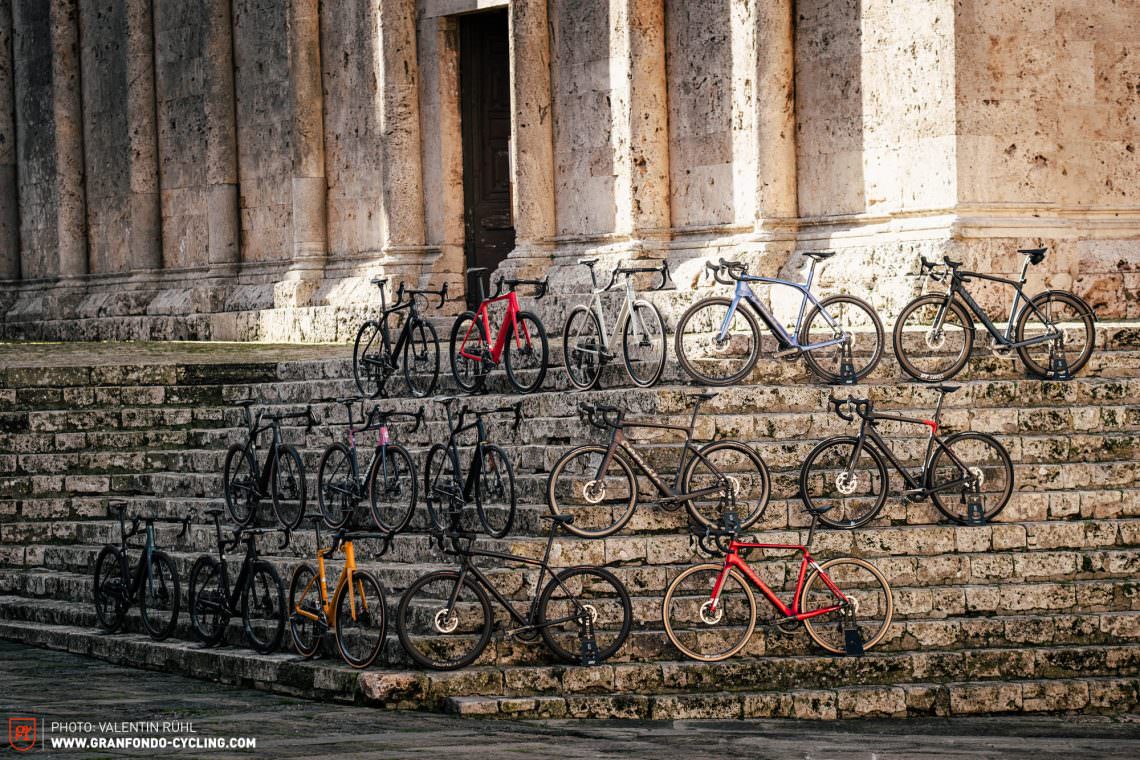
The most important tips for buying a road bike
We hope that our buyer’s guide has been able to help you get a better idea of the kind of road bike you want and actually need. Now, all that’s left to do is figure out where and how to buy it. Let’s consider the advantages and disadvantages of buying from your local bike shop, direct to consumer brands and the second-hand market.
Should you buy your road bike online or at your local bike shop?
More and more brands are going direct to the consumer, the best examples of which are ROSE with the ROSE REVEAL SIX DURA-ACE Di2 (review here) and Canyon with the Canyon Aeroad CFR 9 Di2 (review here). By eliminating the middleman, these bikes are usually more affordable, though you will often have to make the finishing touches yourself, such as adjusting the contact points. There typically isn’t someone you can speak to locally either in case you have trouble as only a few direct to consumer brands work with regional service partners. We recommend finding out more about this beforehand and making an honest assessment of your skills as a mechanic.
Do we recommend buying a used road bike?
Should you buy new or used? You will have to decide for yourself. Experience has shown that the bike will need a little maintenance after the first 1,500 km, such as replacing the chain or tires, which you’ll have to budget for, though we’ll get into this later. Nevertheless, with a full service history and a relatively new model, you can certainly find bargains on the used market, but it takes experience to find a good deal. Private sales usually don’t come with any kind of guarantees and you won’t always notice all the bike’s defects when giving it a glance in someone else’s dimly lit garage. A big advantage of a used road bike is that you can get a taste of road riding even when you’re on a tight budget. If it turns out you don’t like it, the bike can be resold with little or no loss of value. Pay particular attention to the person you’re buying from, their know-how and the type of rider they are! Lots of road bikes only get ridden on Sundays and in good weather, which means that wear and tear is usually limited. This article about buying a second-hand bike in our sister magazine E-MOUNTAINBIKE (just click) is full of useful tips that also apply to road bikes. You will find a host of important questions and answers as well as a checklist that our colleagues compiled and made available as a free download.
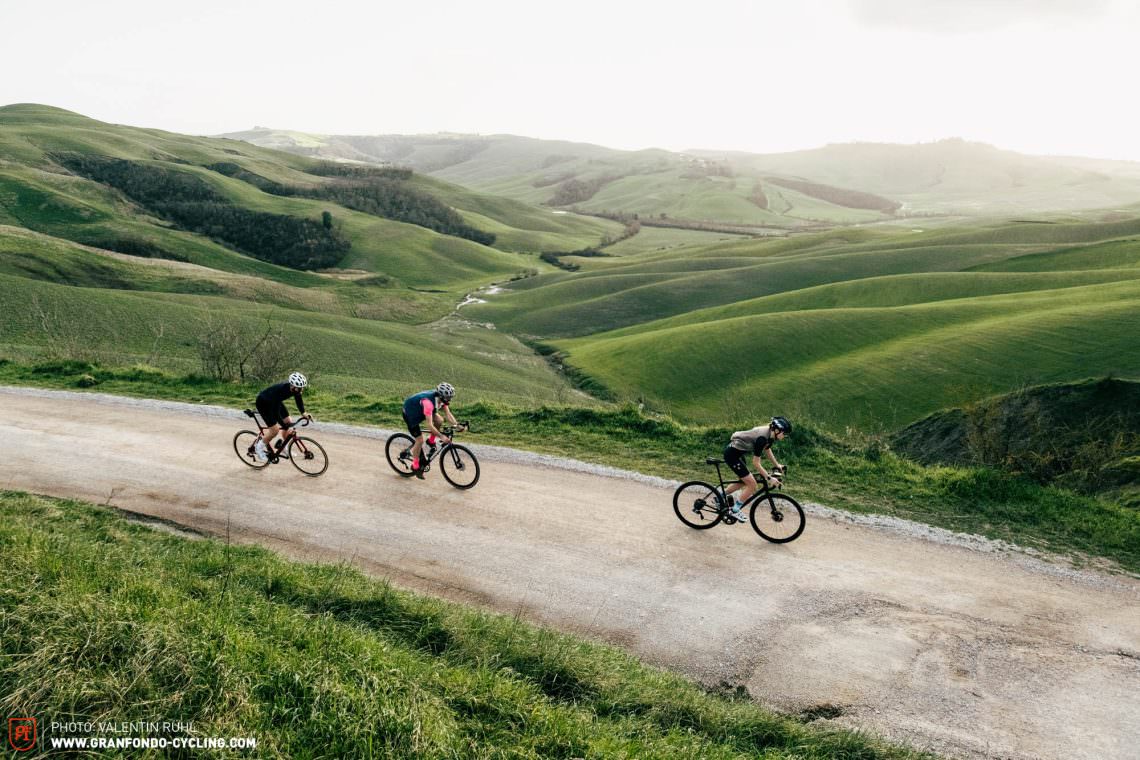
How good are road bikes from the supermarket?
Anyone interested in road bikes sold at supermarkets should be aware that these models are often inferior in terms of componentry, frame and, more generally, in terms of their quality. We would generally advise against buying a road bike for less than € 1,000. If the frame snaps or the brakes fail, it could cost you your life, even when you’re riding slowly!
What about financing? How do I pay for my road bike?
The classic purchase – cash, card or on account
Cash is king? Those who prefer cash payments are a dying breed but most bikes still get paid for as soon as they leave the shop floor, either in cash or by debit or check card, settling the bill immediately. Goods in exchange for money – for many this remains the best form of trade.
Advantage: the dealer is most likely to offer a discount on a cash payment.
Disadvantage: you can’t use your overdraft facility, so you must have the full amount available. However, some retailers also offer alternative payment methods like a partial payment in cash with the balance being paid in monthly instalments. Speak to your dealer and see what they can offer you.
The 0% financing option from bike dealers or brands
The 0% financing option is an extremely attractive way of paying in instalments with zero per cent interest. You don’t have to fork out the money for your new road bike the moment you buy it, paying it off in equal monthly payments instead. The terms vary from 10 to 30 months. It is important to check the conditions carefully: some offers only grant 0% interest for the first 12 months.
Advantage: you can own your dream road bike without first having to save up the full amount.
Disadvantages: not all road bikes on the market can be bought with 0% financing and you usually won’t be able to get much of a discount with this method. Be careful of longer-term instalments! These require smart financial management and you’ll find big differences depending on the offer. In some instances, the 0% rates only apply for the first 12 months.
Financing requirements
Since the requirements differ from country to country, you will have to check with your local financing provider to find out what they require. You will usually need to be over the age of 18 and provide proof of income. They might check your credit score too.
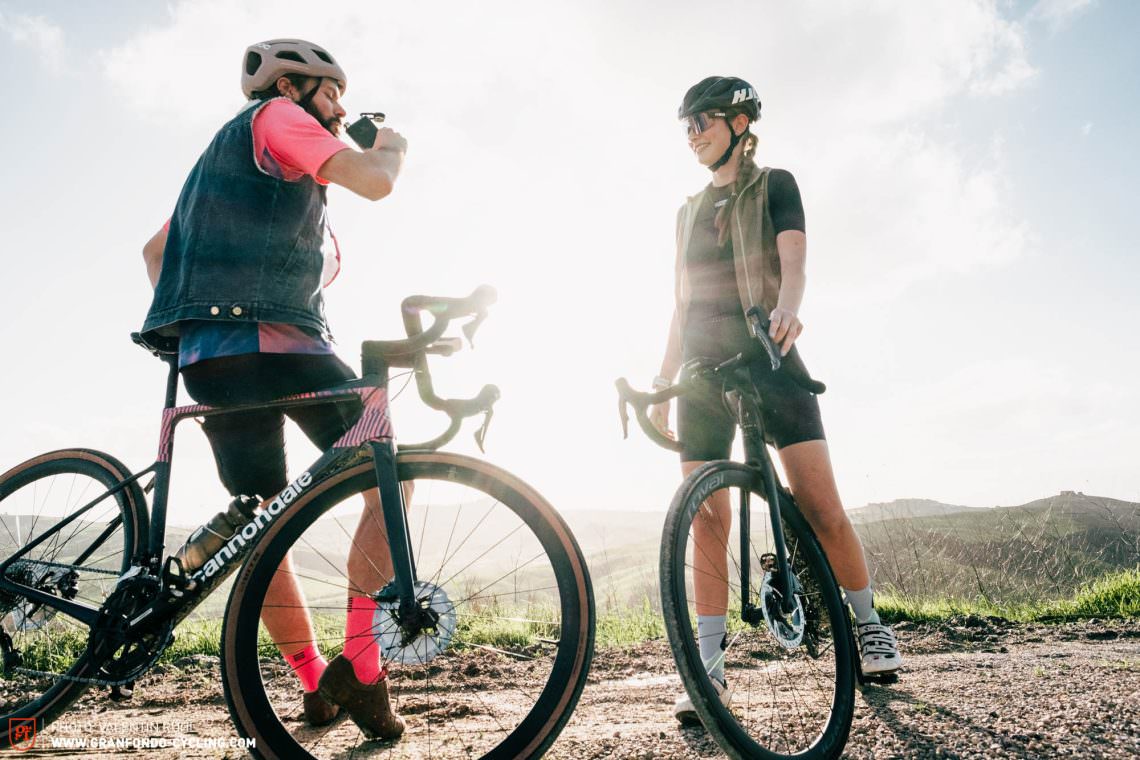
Alternatives to buying – company bike leasing
In Germany, many companies have started offering bike leasing to their employees. They can choose their dream bike from the dealer of their choice and use the road bike for commuting and privately. The employer deducts the monthly leasing instalments from the employee’s gross salary, which offers tax advantages. Check with your employer and find out about the tax implications in your country.
Advantages: you can afford an expensive road bike for a low monthly fee. The saving depends on several factors, such as your tax bracket and any subsidies from the employer. You can save up to 25% compared to buying a bike the traditional way.
Disadvantages: it’s usually based on a three-year term. Since your gross salary is lower when leasing, it can have a negative effect on your pension fund. In addition, you might have to pay taxes on the road bike’s full price. However, discounts do apply to the leasing rate.
Renting instead of buying – The road bike subscription
A road bike subscription is neither a purchase nor a leasing agreement. Instead, the subscription is a rental model with different rental periods. In Germany, the E-(road)-bike sector now has many providers such as eBike Abo, SMAFO or ADAC e-Ride Abo. Unfortunately, you’ll rarely find analogue road bikes being offered for rent, but we’ll let you know if this changes!
Advantages: there is no long contract period, and you don’t run the danger of buying the wrong bike since you can rent and test many different bikes.
Disadvantage: the choice of analogue brands and models is still limited.
What are the follow-up or maintenance costs of owning a road bike?
Just like buying a car, it doesn’t end there. Regular inspections, repairs and the costs of wear and tear are simply a part of the deal unless you’re planning to leave your road bike in your living room to simply admire. You can easily reckon with an additional € 200–300 per season.
When buying replacement parts, it’s important to choose robust and durable components, but a good compromise is often the best you can do. There is a large selection of long-lasting tires with hard rubber compounds, though they usually lack grip, which isn’t something you want. To get an overview of the best road bike tires on the market, a good place to start is our tire group test. You can save money on brake pads with more affordable pads from third-party brands, but not all of them offer the same performance as the originals. As such, we only recommend buying original spare parts.

Example sum:
Wear and tear depends heavily on personal use and riding habits. The following example is based on the results of the latest reader survey. On average, you ride around 5,300 km annually, which seems like a lot but isn’t uncommon amongst seasoned roadies. The following prices correspond to those of large online shops and are based on components at the Shimano Ultegra level. We assume that most repairs will be carried out by yourself and that you already have all the tools for the job. You will find a lot of tips and tricks for the home bike mechanic in our know-how section (here).
| Parts | Quantity | Price | Total price |
|---|---|---|---|
| Chain | 2 | € 20 | € 40 |
| Cassette | 1 | € 70 | € 70 |
| Brake pads | 2 | € 15 | € 30 |
| Tires | 2 | € 40 | € 80 |
| € 220 |
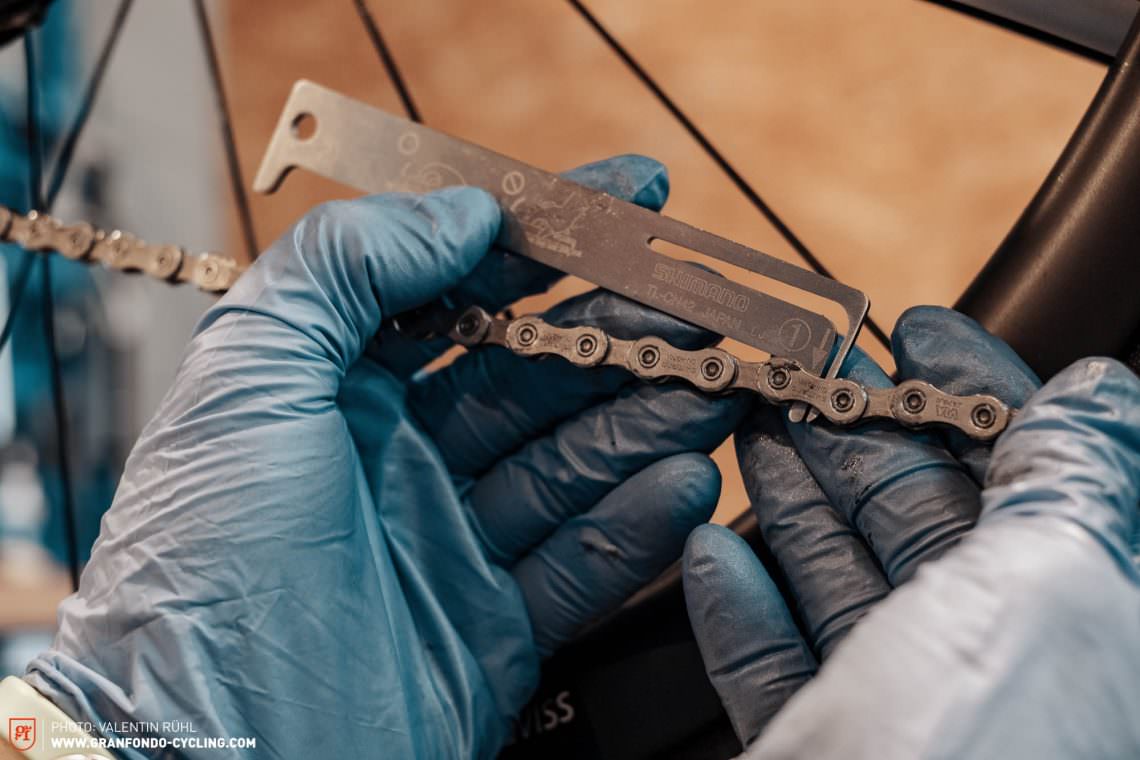
Materials, drivetrain, tires – All about the bike and the technology on it. What is useful, what is superfluous, what options are there? Even if the frame and the geometry have the biggest influence on how a bike handles, the components can make or break your ride. Are you looking for the perfect road bike but don’t know exactly what you need? Then you’ve come to the right place.
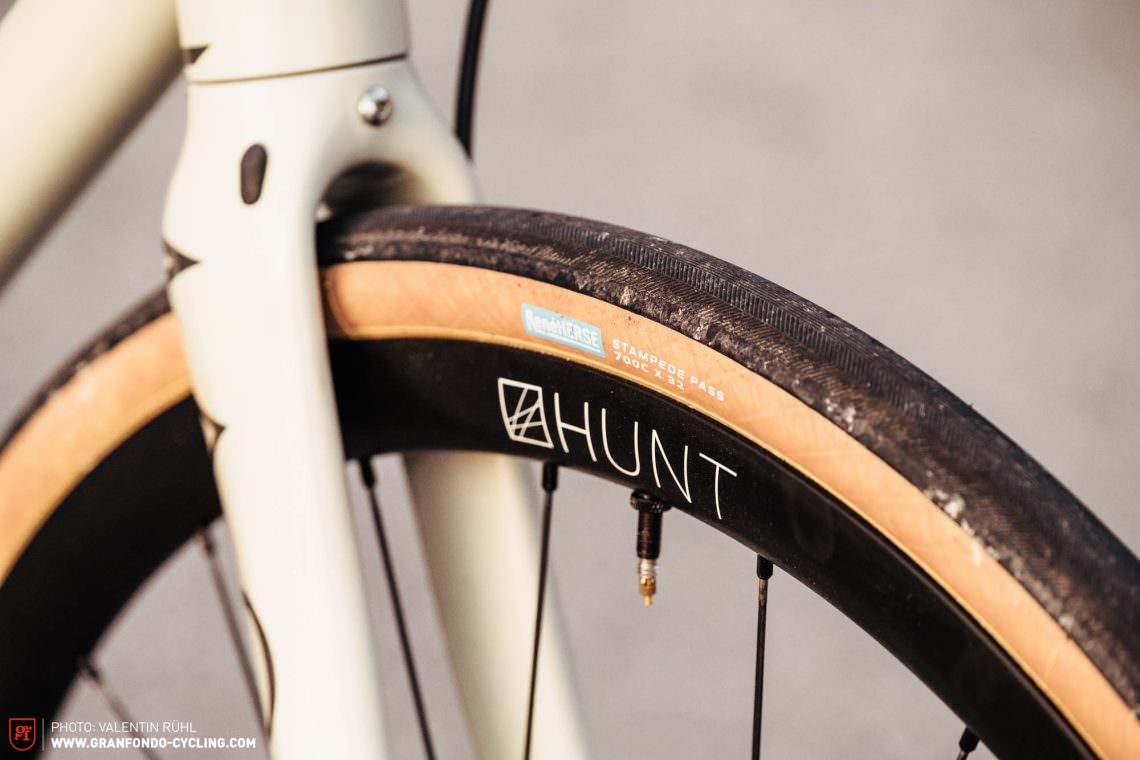
Which pedals are the right choice for my road bike?
Black or white, good or evil, tomayto or tomahto – many things come down to personal beliefs or preferences, and it’s no different in the world of road bikes. In this case you must choose between SPD-SL, Speedplay and LOOK, to name the three most relevant clipless pedals available. Clipless or flat pedals is unlikely to be relevant question when riding a road bike. That said, we cannot give a general answer as to which pedals are the best for you. If you’ve never used clipless pedals before, it’s best to try out the different systems and compare them. On the other hand, if there’s a pedal system you’ve been using for years, you will probably want to continue using what you’re used to. On the subject of Speedplay: Wahoo have recently redesigned the classic Speedplay pedals (click here for the review). If you want to measure and record your performance, a power meter is a useful tool and Garmin have a version that’s integrated into the pedals (click here for the article) – according to Speedplay, they will follow suit in the summer.
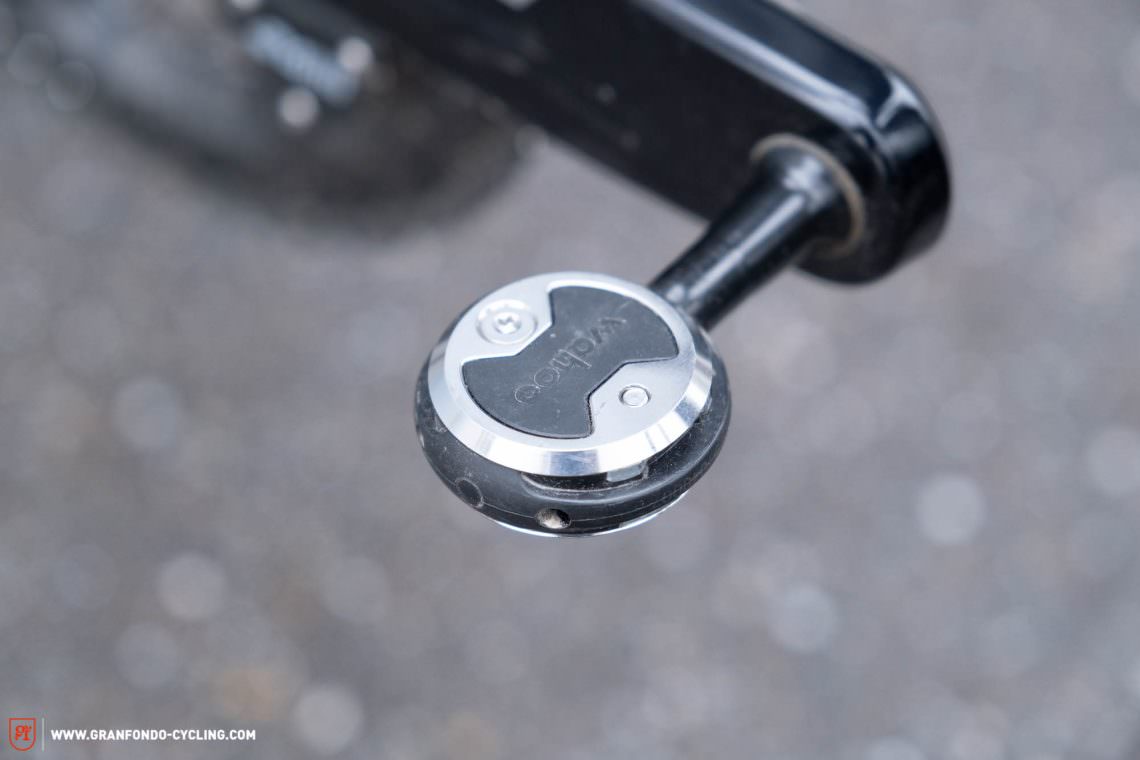
Are you wondering why you should ride with clipless pedals? The feeling of becoming one with the bike is indescribable and we recommend trying it out. Sure, there is also pedalling with “souplesse” i.e., a circular pedal stroke, which has long been considered the ultimate in pedalling efficiency. However, the latest findings show that you should simply pedal as your body does anyway. Everything else is an option, but not a must. For all newcomers to the world of clipless pedals, here are a few tips to help you get started with as little frustration as possible: To start off, use cleats that give you lots of freedom of movement and set the click mechanism to be very easy to unclip. This makes switching over much easier and you’ll reduce the risk of not being able to unclip when you stop! Additionally, we always recommend unclipping one foot before you stop and never put your foot on the non-click side as you can easily slip off.
Tube or sealant – Does going tubeless make sense on a road bike?
Before we get into wheel sizes and tires, let’s briefly address a concern that many of you might have. Should you fit your tires the classic way with a tube or rather use a tubeless setup with sealant? Unfortunately, this issue is still in its infancy among road bikes. Compared to the mountain bike sector where tubeless tires have long become standard and almost every tire works with every rim, road bike tires are still lagging in this respect and are occasionally difficult to get to seal. In our experience, a tubeless setup is perfect for wider rim-tire combinations that work well with medium and low tire pressures. The system still has deficits in the case of narrower tires in the range of 700x25C, which are typically ridden at 6–7 bar. Due to the minimal volume and high pressure, the air escapes too quickly in the event of a puncture. Even in the ideal case, when the sealant manages to close the hole, you won’t have enough air left in the tire to continue riding much further. With higher volume tires, you can ride with lower pressures and the sealant has more time to work its magic.
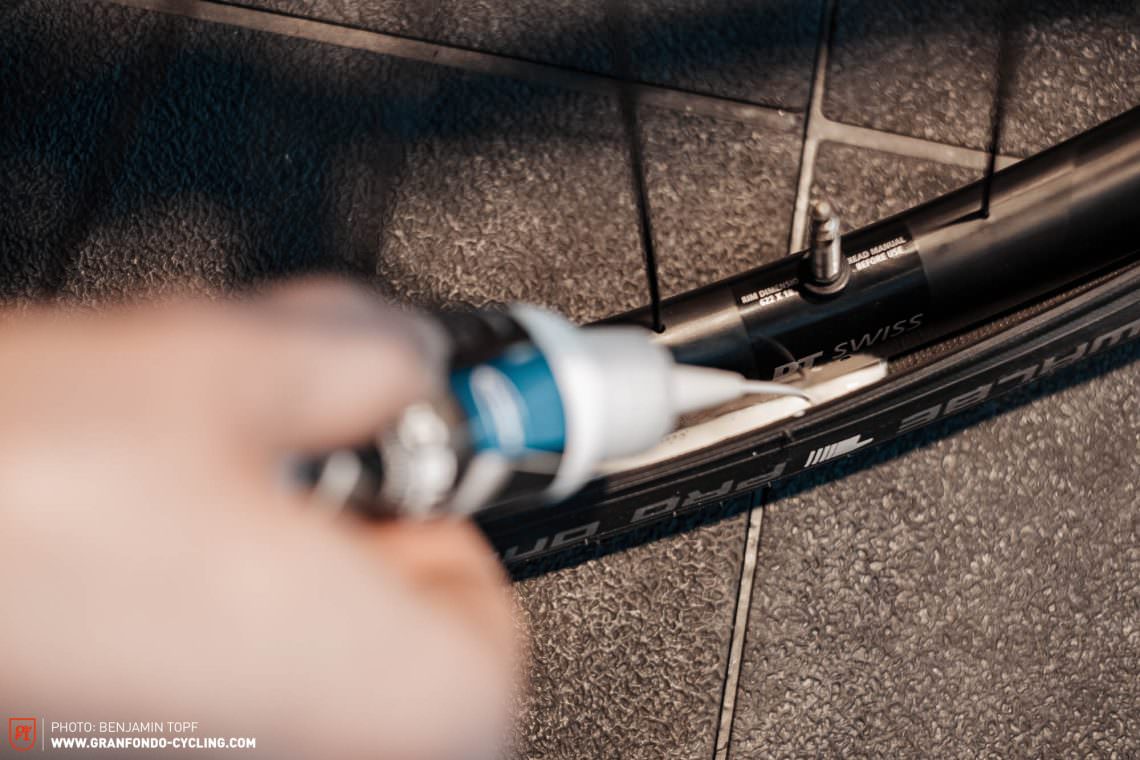
The advantages of a tubeless setup clearly outweigh the disadvantages: improved puncture protection, better compliance of the tire to absorb even the smallest irregularities, providing grip as well as a slightly lower rotating mass. The lack of friction between the tube and tire allows the tire to conform the ground more easily, which in turn increases rolling efficiency. As we found out in the laboratory during our gravel tire group test (available here), you can reduce rolling resistance by about 10 % by switching from tubes to tubeless – this applies to both gravel and road bike tires. The only downside is having to carry a spare tube instead of just patches when you ride. However, most of you will probably carry spare tube anyway and with lightweight models like the Tubolito or Schwalbe Aerothan, it hardly makes a difference. Depending on the tire and the amount of damage, tire plugs (MaXalami or Dynaplug, for example) can also do the trick. You’ll also regularly have to check how much sealant you’ve got in the tire, as it evaporates and dries up over time due to heat, oxygen and mechanical influences. If you want to delve deeper into the topic to find out everything you need to know about tubeless, we recommend checking out our detailed tubeless guide!
The right tires for your road bike
Hardly any other road bike component is as critical in determining your enjoyment of a ride as having the right tires for the job, which can vary tremendously depending on the type of rider. While the one prefers riding for hours on perfect asphalt, the other might occasionally enjoy veering off-road. Fortunately, the trend amongst road bikes is moving more and more towards increased tire clearance, which means that besides 700 x 28C slicks you can also fit wide and slightly treaded 700 x 32C tires in the frame and fork. From our point of view, the sweet spot of comfort, rolling resistance and wind resistance is somewhere between 28 and 32 mm. There’s really no need to punish yourself with 700 x 25C tires if you’re a hobby rider.

The lower rolling resistance of skinny tires has turned out to be a false assumption. Tires with a lower volume have a higher rolling resistance with the same air pressure, as the deformation of the tire has a greater effect relative to higher-volume tires. The tires flatten more, becoming less round. Wide tires, on the other hand, roll easier than narrow ones! This statement is often met with skepticism, but at the same air pressure the effect is more pronounced on narrow tires and must therefore overcome more deformation. In our most recent road tire group test, the Vittoria Corsa G+ took the test victory with unbeatable comfort, an enormous amount of grip and the best rolling resistance. For racers, the optimum is a mix of two different tire widths: a 700 x 25C tire offers optimal aerodynamics up front and a 700 x 28C tire generates added comfort at the rear. We generally recommend a tire width of at least 700 x 28C for all those who do not earn their living on the pro circuit.

Before you buy a new set of tires, be sure that you’ve got sufficient tire clearance in the frame and fork as well as a suitably wide rim. For example, it makes no sense to fit a 700 x 32C tire onto a rim with a 17 mm internal width as it won’t offer adequate support for the tire. You’ll find a clear overview with practical information on rim widths, tire widths and tire pressures on the DT SWISS website (PDF available here). In addition to the rims’ internal and external width, the rim depth also plays a role in the performance of your tire and wheel combination. An 80 mm deep rim may look cool, enhancing the look of every road bike and saving you valuable seconds in a time trial. However, the handling can be challenging and an unsuspecting beginner is likely to be swept off the road in a strong gust of wind. The point is, not everything that makes sense for a certain target group is necessarily a good idea for every road bike and every type of rider. A rim depth of up to 40 mm also looks good, entirely sufficient for a road bike beginner and significantly less susceptible to side winds. When it comes to carbon vs. aluminium rims, opinions differ. Modern aluminium rims can also be really light, they’re usually a good deal cheaper and you don’t have to worry about whether it’s been damaged if you snake bite your tire or hit a curb.
Which is the perfect road bike drivetrain? 1x, 2x, mechanical, or electronic?
If you take a look at the test field of our most recent road bike group test, you will immediately see that there is no getting around electronic groupsets, at least in the high-performance segment. The trend towards 1x groupsets has established itself in the gravel sector and the majority of modern bikes get by without a front derailleur. In comparison, just 2 of the 15 models included in our road bike group test had a single chainring up front. In the following chapter we will look at the advantages and disadvantages of both systems.
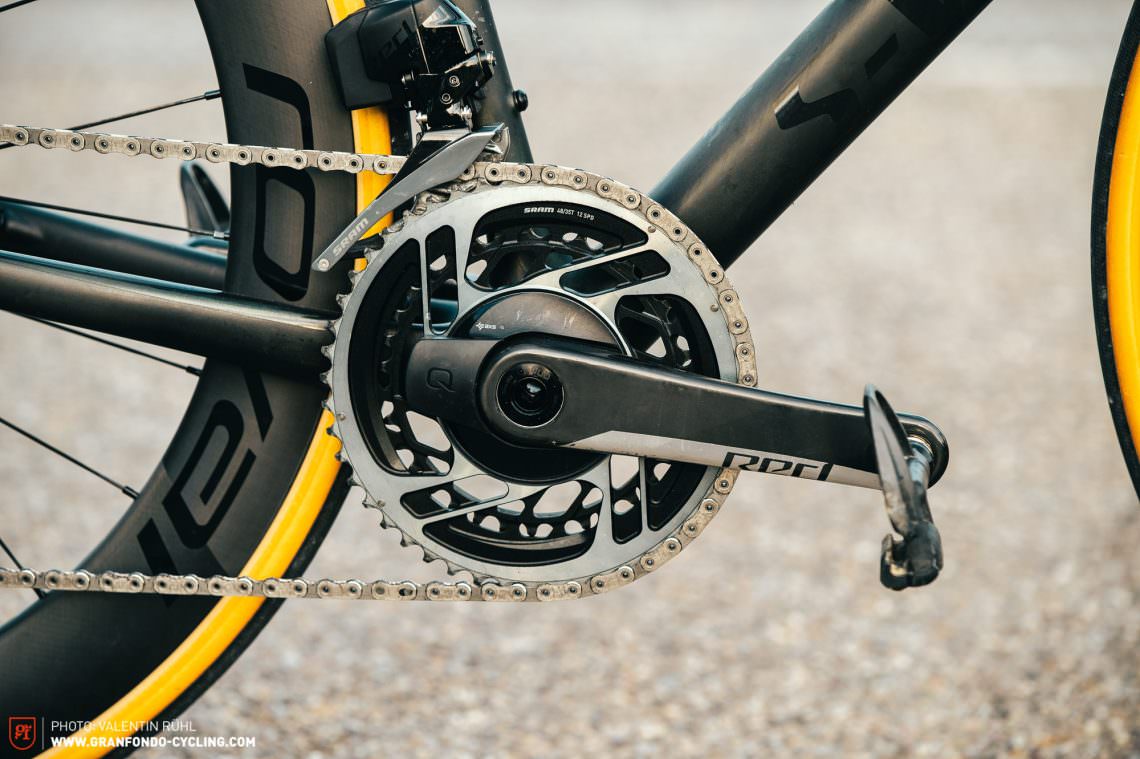
2x groupset
The classic drivetrain setup with two chainrings is still the first choice for most road bike pilots, offering a wide gear range and small jumps between gears. We wholeheartedly recommend going with a compact 50/43 t crankset, especially for riders who like to ride in mountainous terrain, which you should ideally combine with a 32 t cassette. The combination of large chainrings and a compact cassette leads to frustration on longer climbs, most of all when you’ve got bags strapped to the bike. The disadvantages of 2x drivetrains are the increased shifting frequency and slightly more maintenance required. Classified’s recently launched geared hub simulates a 2×11 drivetrain without a front derailleur – the perfect solution for road bikes? You can find our detailed review of the Classified hub here.

1x groupsets
Single chainrings have rightly become the norm on gravel bikes. With cassettes going all the way up to 10–52 teeth – currently only possible with the wireless SRAM AXS groupset – they offer a gear range similar to that of a compact 2x drivetrain and make shifting much easier, especially on gravel and dirt roads. This system also requires less maintenance, has fewer parts that wear, weighs less and it’s less susceptible to defects. However, it has one disadvantage: the gear jumps are significantly bigger with a huge 10–52 t cassette than with groupsets that rely on two chainrings. This is where Campagnolo’s 1×13-speed EKAR groupset comes into play, offering smaller gear jumps with many of the sprockets increasing in size by only 1 tooth, making it an interesting option for road bikes. However, it’s gear range can’t compete with that of SRAM and the choice of chainrings is limited to 38, 40, 42 and 44 t due to the bolt circle diameter.
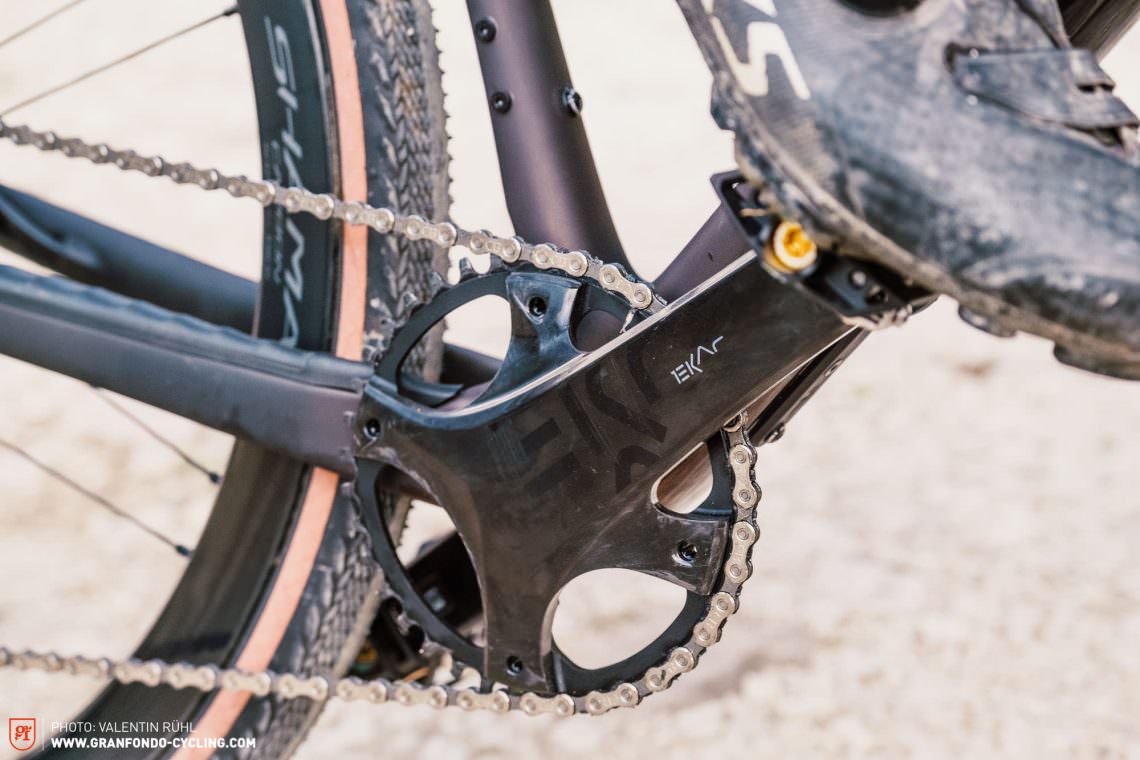
Electronic vs. mechanical shifting
If you’ve read our latest road bike group test, you will know that the Shimano Di2 groupset is the undisputed queen in the world of electronic groupsets. We can’t wait to see the new generation of Dura-Ace rumored to be released this summer! For those whose budget is too tight for a flagship electronic groupset, we’ve got some other good news: with the new Rival groupset, SRAM have introduced a more affordable entry-level wireless model, allowing the technology to trickle down from the top, expanding the range and also enabling a higher level of integration. Sure, you must remember to charge the batteries. With Shimano you can simply plug in your powerbank and charge the system on the fly; for SRAM’s eTap groupsets, the battery has to be plugged into a separate charger. So, why still shift mechanically in 2021?
What is the perfect frame material for road bikes – Carbon or metal?
You’ll find road bikes made of any frame material you prefer. However, aluminium and steel are rather rare in the high-performance segment; the majority of these bikes rely on carbon. Some manufacturers offer the same model in several different materials. Titanium frames can only be found in the high-end segment and are often only available as a frameset or made to measure. What are the advantages and disadvantages of each material?
Carbon
Modern carbon road bikes can be made very stiff with relatively little material, which is why carbon frames are definitely the lightest option. Furthermore, the fibres and the resin can be laid up and processed differently on different areas of the frame, building each section to fulfil specific requirements. As such, it’s possible to make the area around the bottom bracket very stiff while the seat stays are built to be more flexible, dampening vibrations and small bumps. Additionally, carbon makes elaborate designs much easier, allowing brands to implement special features such as added tire clearance with a dropped chainstay. The disadvantages of carbon frames are that they’re less robust and can harbour invisible defects. Also, their compliance and subsequent comfort is heavily dependent on the layup of the frame and a lot of know-how is required to surpass the damping qualities of a good steel or titanium frame. Just because a frame is made of carbon doesn’t necessarily mean it is the best.
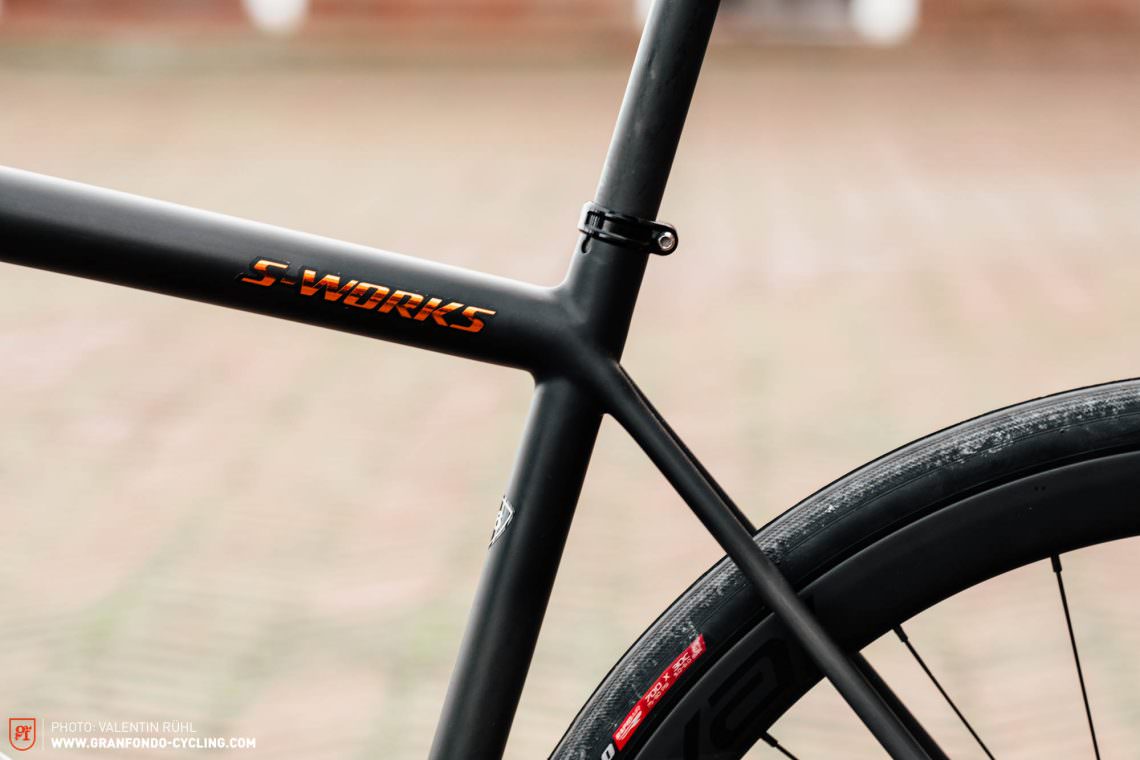
Aluminium
For the most part, aluminium frames are very cost-effective to produce. Although they are not as light as carbon, they are just as stiff. However, it is difficult or almost impossible to manufacture an aluminium frame that has the same damping qualities as a carbon frame. That said, like any material, aluminium is also constantly developing and improving thanks to new alloys and innovative manufacturing processes. Some modern aluminium frames can be better than a low-end or 10-year-old carbon frame.
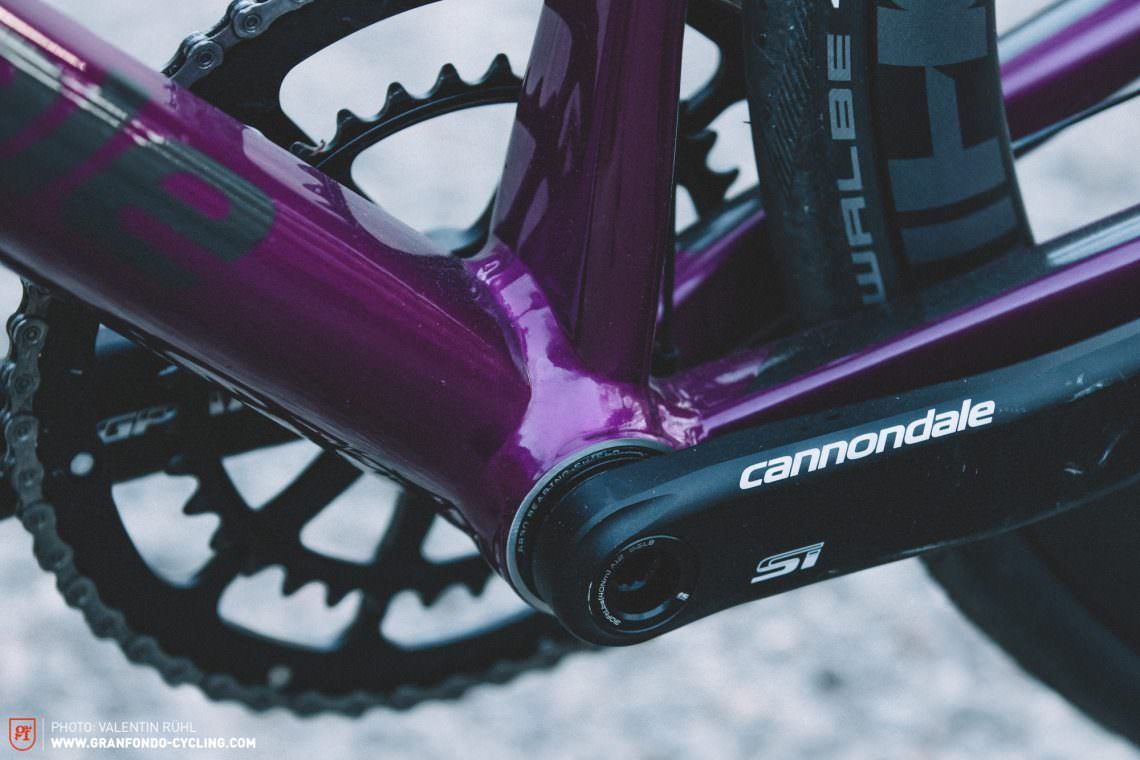
Steel
Steel is a very multifaceted and, above all, tough material. However, its damping properties, weight, robustness, and stiffness vary greatly depending on the tube set and combination. From cheap, robust, but heavy CroMo gas pipe to the ultra-thin, premium, but also super expensive Reynolds 953 or Columbus XCr, you’ll find something to suit every budget and purpose. Bigger manufacturers typically rely on more robust and somewhat heavier tubing for complete bikes, therefore they’re typically designed for adventure riding and high volume off-road tires. High-end tubing is reserved for select custom built frames or framesets.
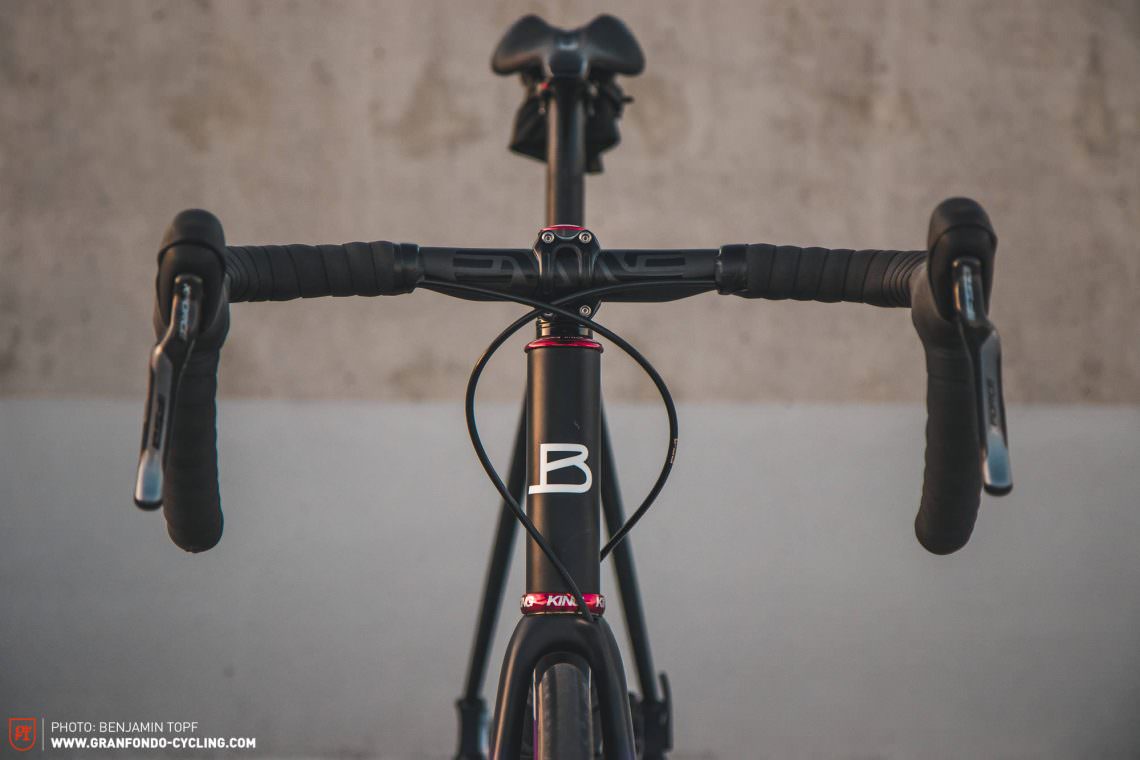
Titanium
Titanium is usually the most expensive frame material, but it’s got the looks to match and has some properties that make it very desirable. It is lighter than steel, yet just as robust, and it offers even better damping properties. It’s completely resistant to corrosion too. There are some complete bikes made of this precious material, but its most common on framesets or custom frames.

What is the perfect road bike drop handlebar?
As we mentioned at the start, road bikes don’t adhere to a fixed set of rules and cannot be put in labelled drawers. Rather, they are as versatile and changeable as Optimus Prime, not only offering you a wide choice of groupsets, different materials and different braking systems, but also many different handlebars. Even if most road bikes are fitted with regular handlebar/stem combinations, bikes are increasingly being specced with one-piece cockpits.
What do you generally have to consider when buying a drop handlebar? First, you should think about how much space you need for GPS devices, lights, handlebar attachments and the like. With regard to the drop of the handlebar, you have to decide how deep or shallow you want it to be. In general, it can be said that a narrow handlebar is more aerodynamic and a wider handlebar offers more control. For even more control, the drops of some handlebars are angled outwards. This is referred to as the flare of the handlebar. Depending on your preference, the top of the handlebar can be either round or oval in shape and you’ll want to make sure that the reach to the hoods isn’t too long, otherwise you’ll have to stretch uncomfortably to reach the brake levers.
Classic handlebar/stem combinations
The drop bar market is huge and the models differ not only in terms of drop, reach, damping, stiffness and shape. When it comes to the material, it’s important to distinguish between carbon and aluminium. While aluminium handlebars are cheaper and more robust, they offer minimal compliance due to the stiff nature of the material. Carbon handlebars have an advantage here and often offer better vibration dampening with less weight. Many large bicycle brands have started developing their own handlebars and market them using other names, including BMC, Cervélo, Specialized and Trek.
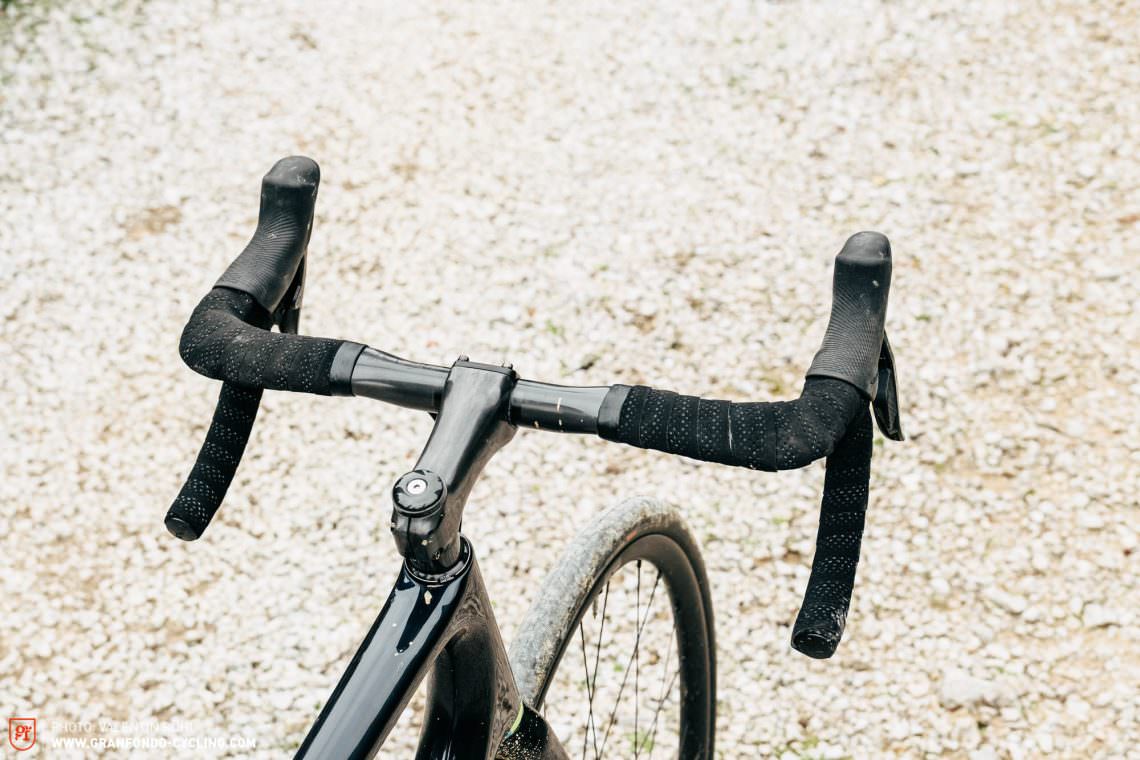
One-piece cockpit
One-piece cockpits are becoming increasingly popular on modern road bikes, offering a clean and sleek look. Integrating these with completely internal cable routing enhances the look of every bike while competitive riders welcome the aerodynamic grains. The disadvantage: limited adjustability. For example, if the stem is too long or too short, you’ll have to change the entire one-piece cockpit. With that in mind, double check your preferred stem length and handlebar width before buying.
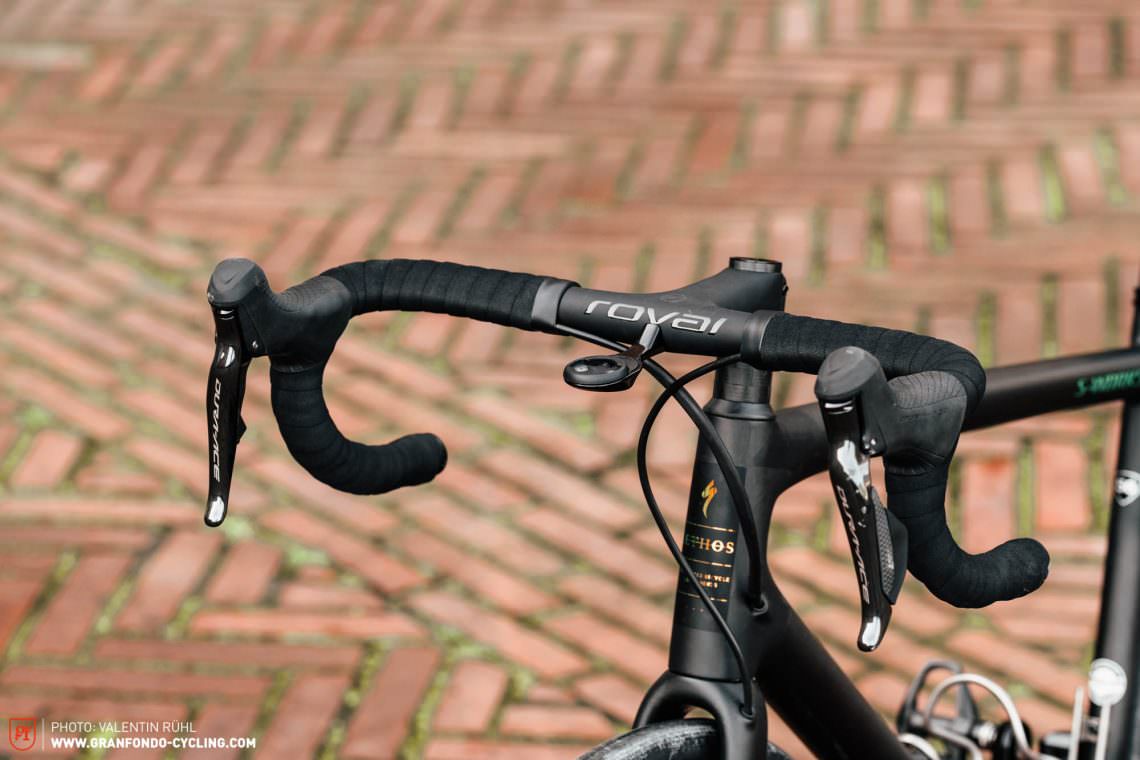
The best road bike brakes
For years, disc brakes have been pushing to dominate the road bike cosmos, offering many advantages. Braking power, modulation and reliability are just three points that speak in favour of discs on a road bike. The results of our big 2020 reader survey also underline this trend: almost 85% of you stated that your next road bike will have disc brakes. In most cases, disc brakes are operated hydraulically from the brake lever; only a few exceptions in the entry-level segment confirm the rule with mechanical versions. However, the modulation of mechanical disc brakes takes getting used to and can’t hold a candle to the performance of their hydraulic counterparts. The rim brakes that have dominated the road bike scene for so long have now been relegated to a niche existence, serving retro grouches and riders who want to save weight wherever possible for hill climb races. For safety reasons and downhill performance, we wholeheartedly advise everyone to opt for disc brakes on their road bikes! Besides that, not only rim brake compatible frames are becoming increasingly rare, but rim brake specific wheels are also vanishing from the market. It is not only important to have the right brakes, but also to choose rotors that are large enough for the intended use. We would recommend a 160 mm rotor up front, and for bikepacking trips with a loaded bike, you’ll want a 160 mm model on the rear as well.
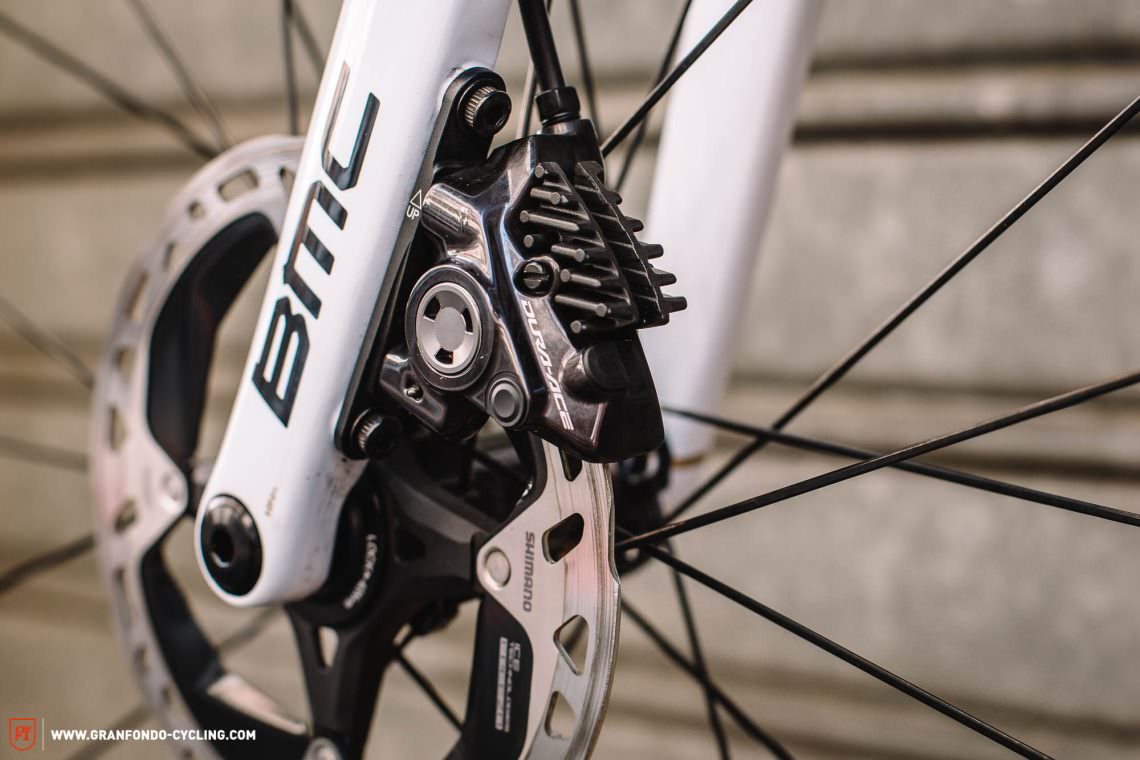
Road bike seat post – Classic or sprung?
Carbon seat posts
Like the handlebars, comfort also plays an important role with the seat post. The focus is on vibration damping or even shock absorption, which is what can set carbon seat posts apart. But not every seat post made from this material necessarily offers this feature. Models specifically designed with this in mind feature a special carbon layup, some even consisting of several distinct parts to offer increased flex. Usually, this means that the seat post can move backwards on impact, depending on how far it’s extended of course. The additional comfort this provides is not to be sniffed at, especially on long rides and in rough terrain. Most complete bikes in the higher priced segment have seat posts like this, often supplied by the manufacturer’s in-house brand. Some examples of aftermarket models are the Ergon CF3 Pro, the Ritchey WCS Carbon Link Flexlogic or the Syntace P6 Carbon HiFlex. However, before upgrading the seat post, make sure that the new post is compatible with your frame. Many brands make use of special D-shaped posts for their road bike frames as they’re more aerodynamic than round seat posts.
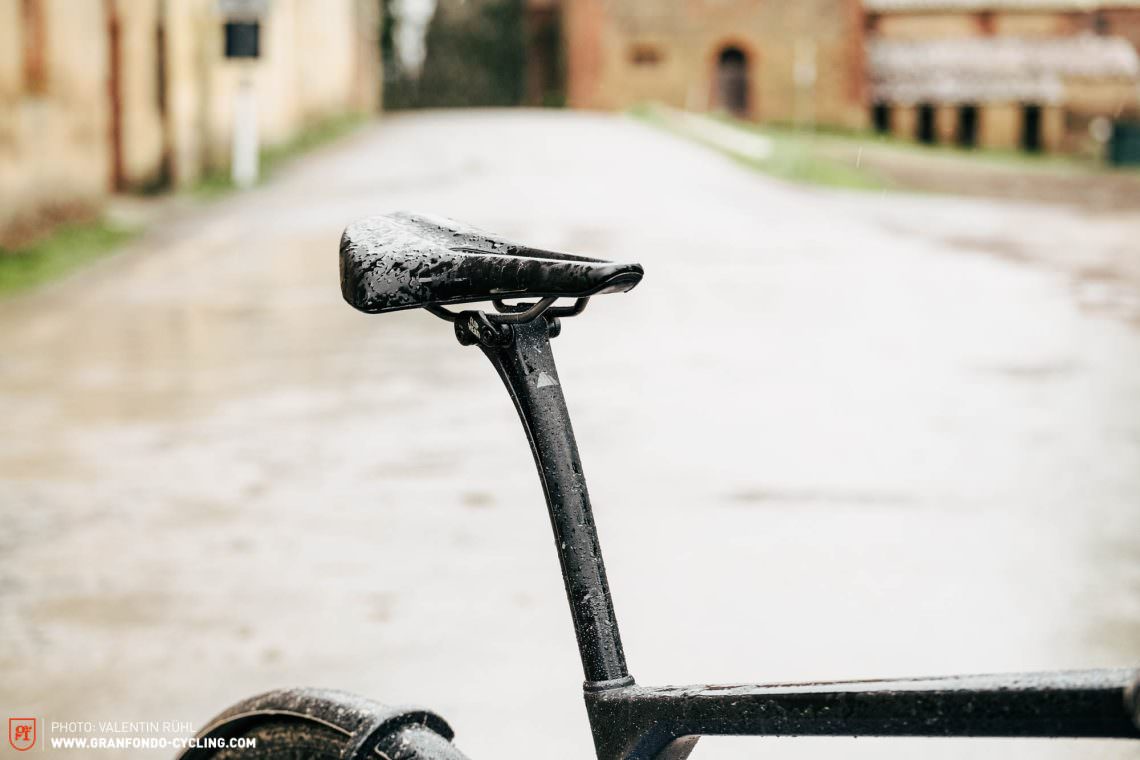
Aluminium seat post
If you plan to ride with a large saddlebag strapped to the seat post most of the time, you should opt for an aluminium model despite their harsher ride quality. The additional weight hanging off the saddle can negate the benefit of a flexing carbon seat post. In addition, the straps of the saddle bag rubbing on the carbon post can lead to scratches or even material fatigue, especially in combination with mud or dust. There are plenty of reliable aluminium seat posts on the market, including models from brands such Thomson, Tune or Syntace. Suspended seat posts are another option, but we’ll cover those in more detail in the next section.
Suspension on a road bike – What are the options?
When it comes to damping, things don’t end at high-volume tires and special carbon cockpits. In addition to suspended seat posts, you also get frames with integrated suspension. You’ll find an overview of all available systems here.
Suspended seat posts
Suspended seat posts allow you to increase comfort on poorly maintained roads and cobblestone passages to relieve your back and, unlike carbon seat posts, their effectiveness doesn’t depend on how far you extend the post. The EeSilk from Cane Creek (review here) effectively absorbs small hits and continuous vibrations. If you spend a lot of time riding off-road and looking for maximum comfort, you should take a closer look at the ShockStop post from Redshift (review here) . Since a suspended seat post can influence your riding position, we definitely recommend giving it a test ride beforehand. The Redshift Sports dual-position seat post might be an interesting option in this regard. It allows you to move the seat forwards by 50 mm while riding, which corresponds to around a 4° change in the seat tube angle. By doing so, you can switch between an aero and a road bike position.
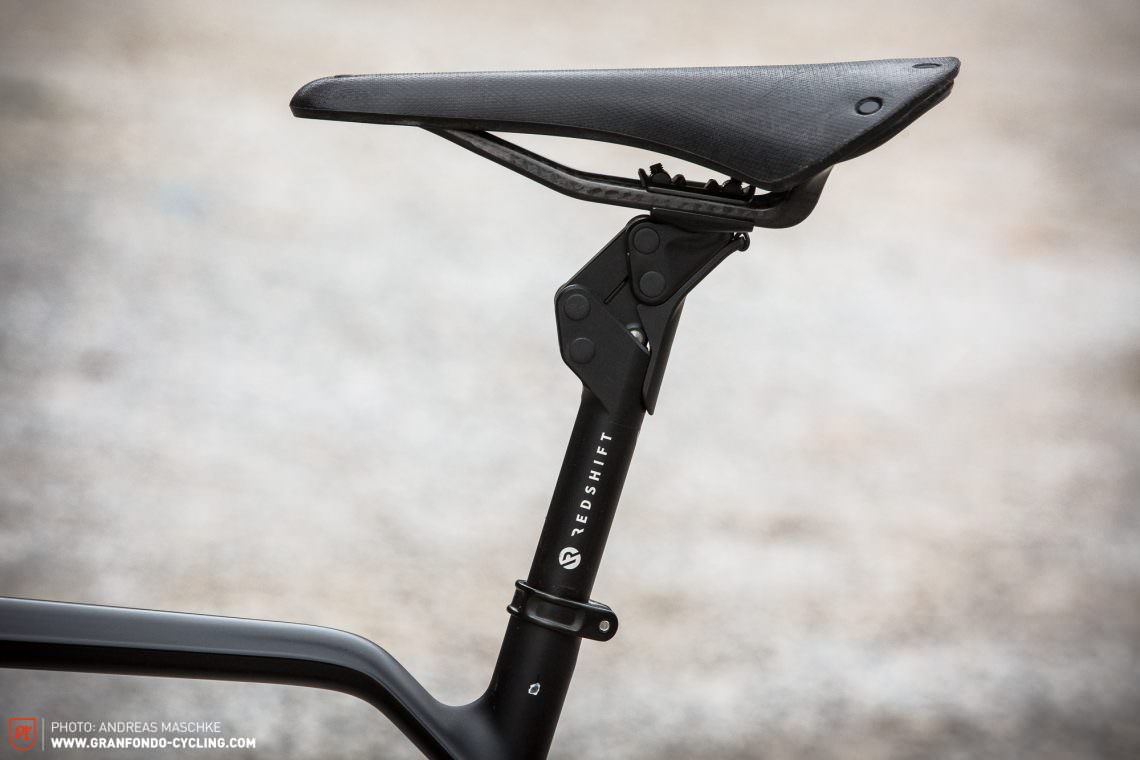
Suspended stems
Admittedly, the market for suspended stems isn’t big. The Redshift ShockStop stem (review here) is the front counterpart to the ShockStop seat post on the rear and performed convincingly in our review. If you’re looking for more cushioning for your hands and arms and haven’t been able to achieve the desired result with the tires, the fork and the handlebar, a suspended stem may be good option for you.
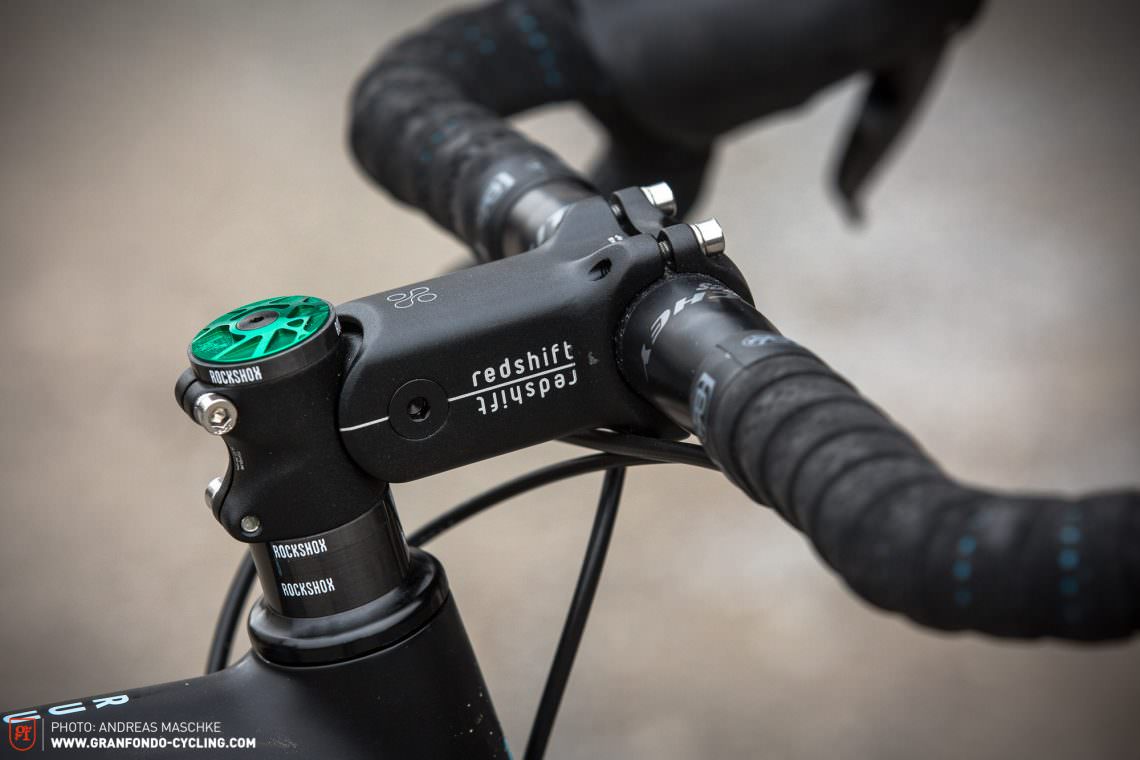
Frame concepts for more comfort
There are several brands currently on the market that have integrated a damping system into their frames. Unlike a suspension fork, it’s only the rider that’s suspended with the frame acting as the damper. One advantage of these systems is that they have no influence on the drivetrain and handling of the bike. Specialized’s proprietary Future Shock 2.0 system has been a long-standing feature of both the Roubaix (review of the Specialized S-Works Roubaix SRAM RED eTap AXS available here) and Diverge (review of the Specialized S-Works Diverge available here). It’s adjustable and is said to offer 20 mm travel between the stem and top tube. An alternative approach is Cannondale’s KingPin system. The seat stays are able to pivot on the seat tube and, according to the manufacturer, offer up to 30 mm travel, as featured on the Cannondale Topstone Carbon Lefty 1 (review here). Trek rely on their so called IsoSpeed system for the Domane (review of the Trek Domane SLR 9 eTap here), made up of two components. The seat tube is decoupled from the top tube, allowing it to swing freely and offering adjustable flexibility. Trek use the same principle at the front, decoupling the upper part of the steerer tube from the head tube, allowing for a certain amount of give. BMC, on the other hand, install an MTT elastomer between the seat stays and the seat tube. It promises to offer up to 10 mm travel on the BMC Alpenchallenge AMP ROAD ONE E-road bike (review here), thereby increasing comfort.
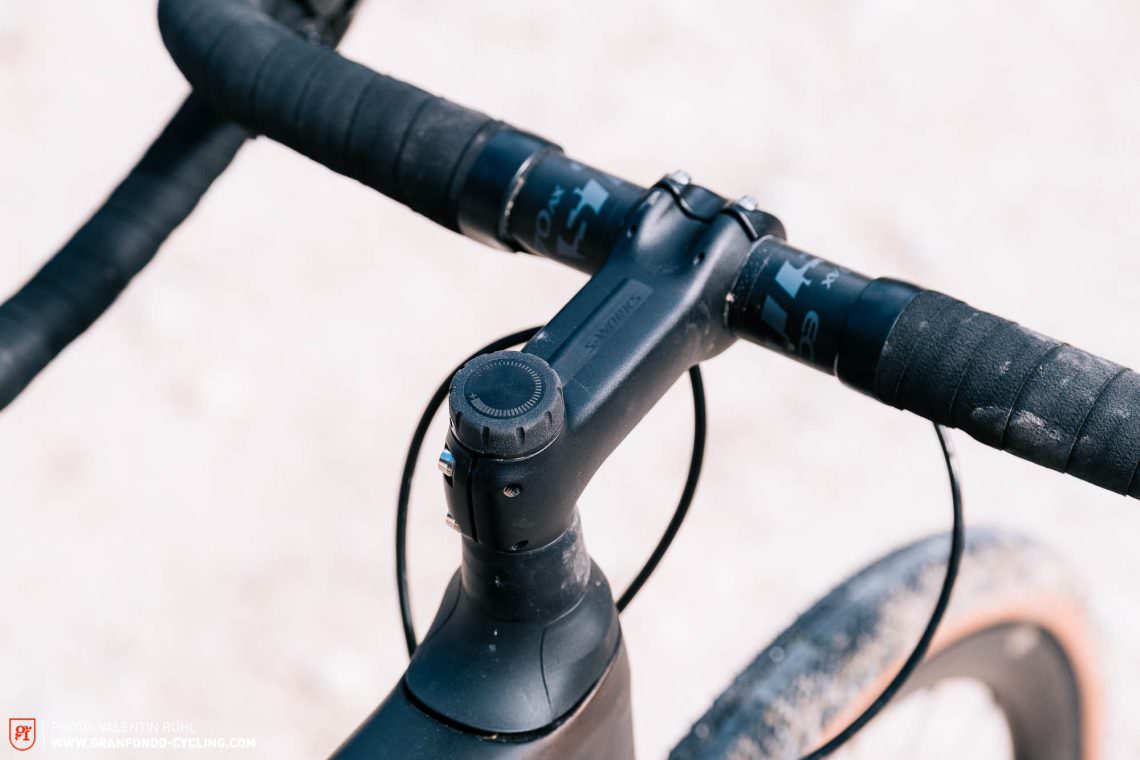
Did you enjoy this article? If so, we would be stoked if you decide to support us with a monthly contribution. By becoming a supporter of GRAN FONDO, you will help secure a sustainable future for high-quality cycling journalism. Click here to learn more.
Words: Philipp Schwab, Benjamin Topf, Tobias Hörsch Photos: GRAN FONDO-Crew







